Friends
September 4 - October 11, 2025
Jonathan Baldock
-
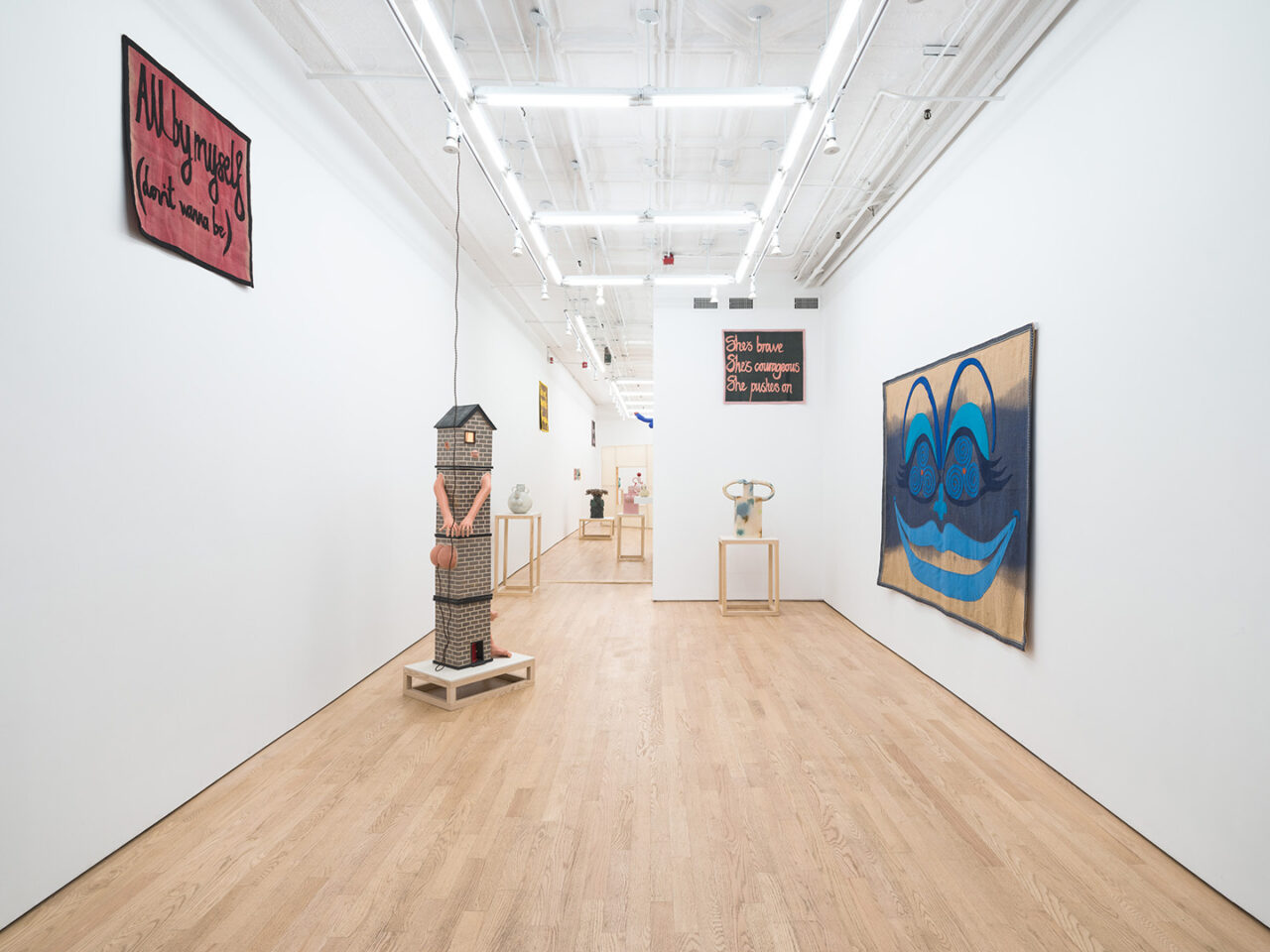
Installation view, Field and Stream of Consciousness , 2025
-
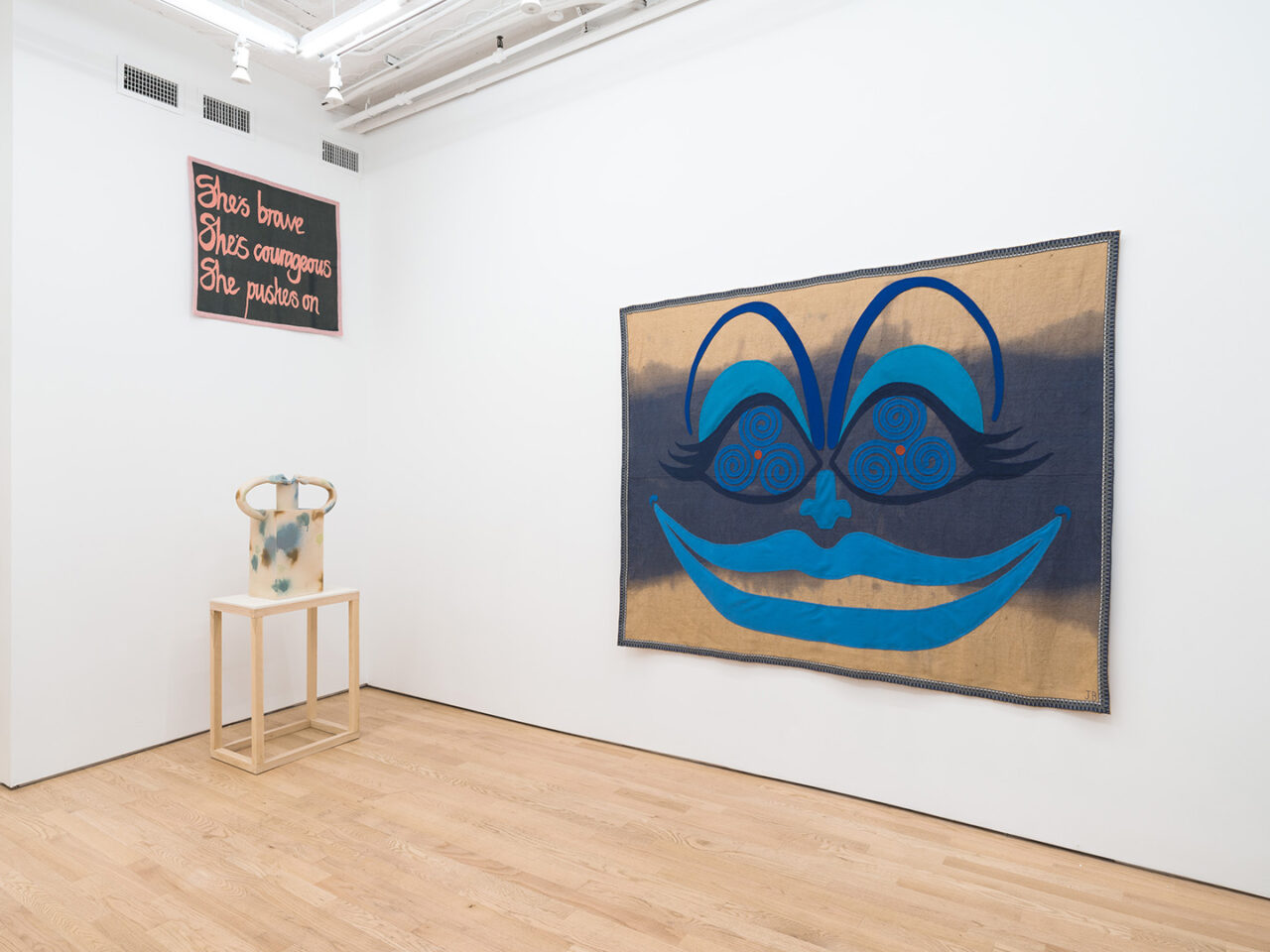
Installation view, Friends, 2025
-
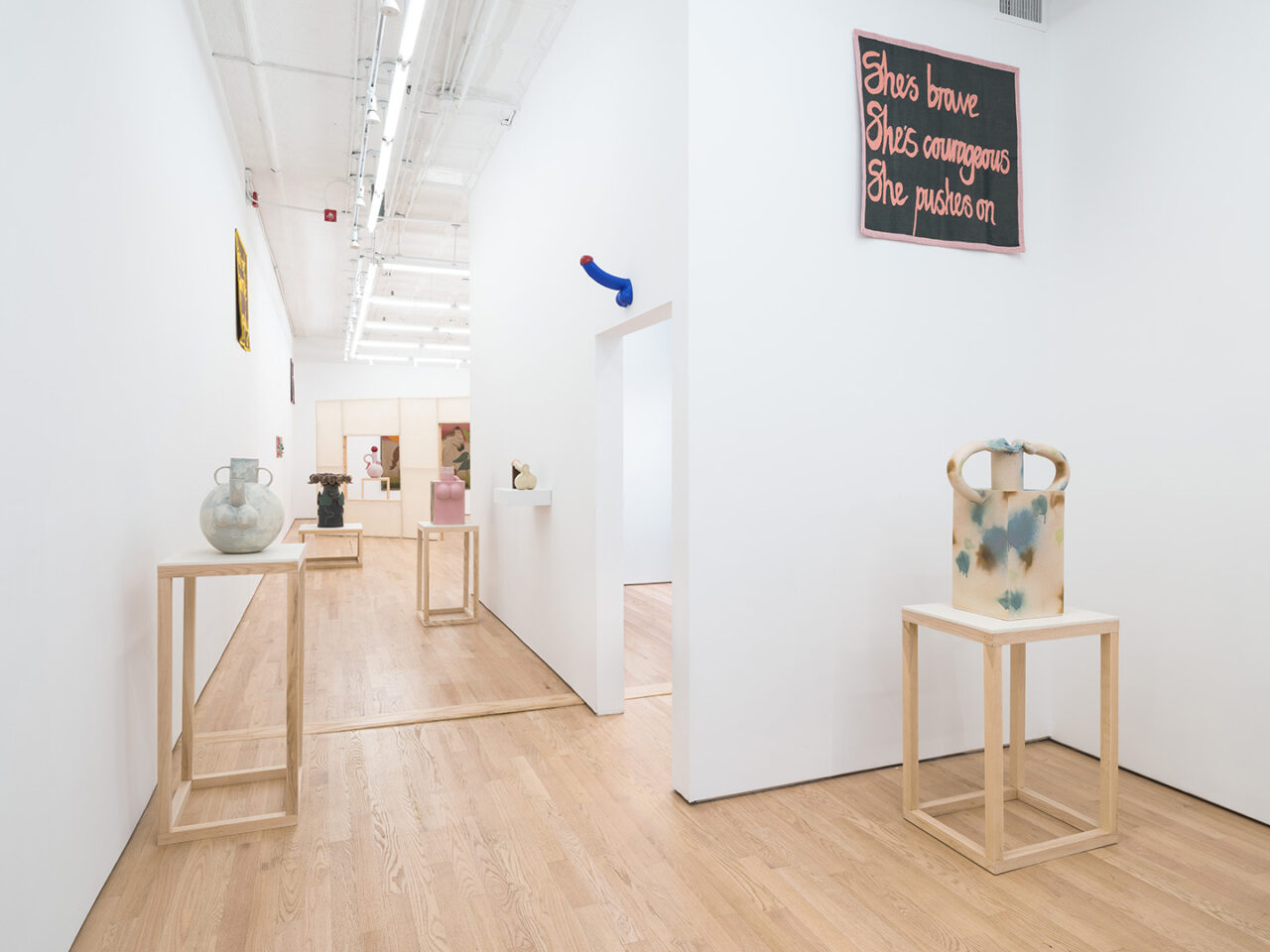
Installation view, Friends, 2025
-
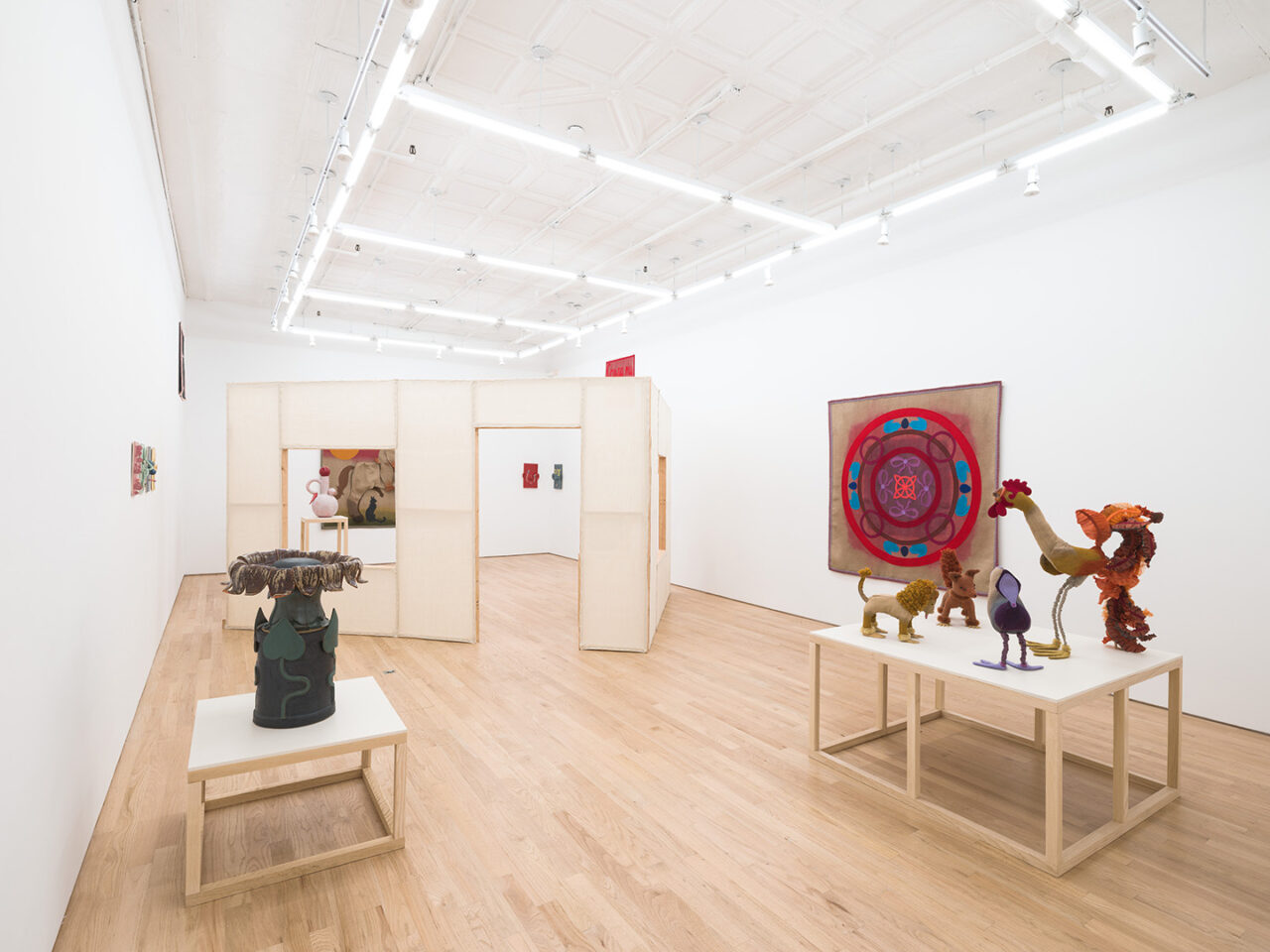
Installation view, Friends, 2025
-
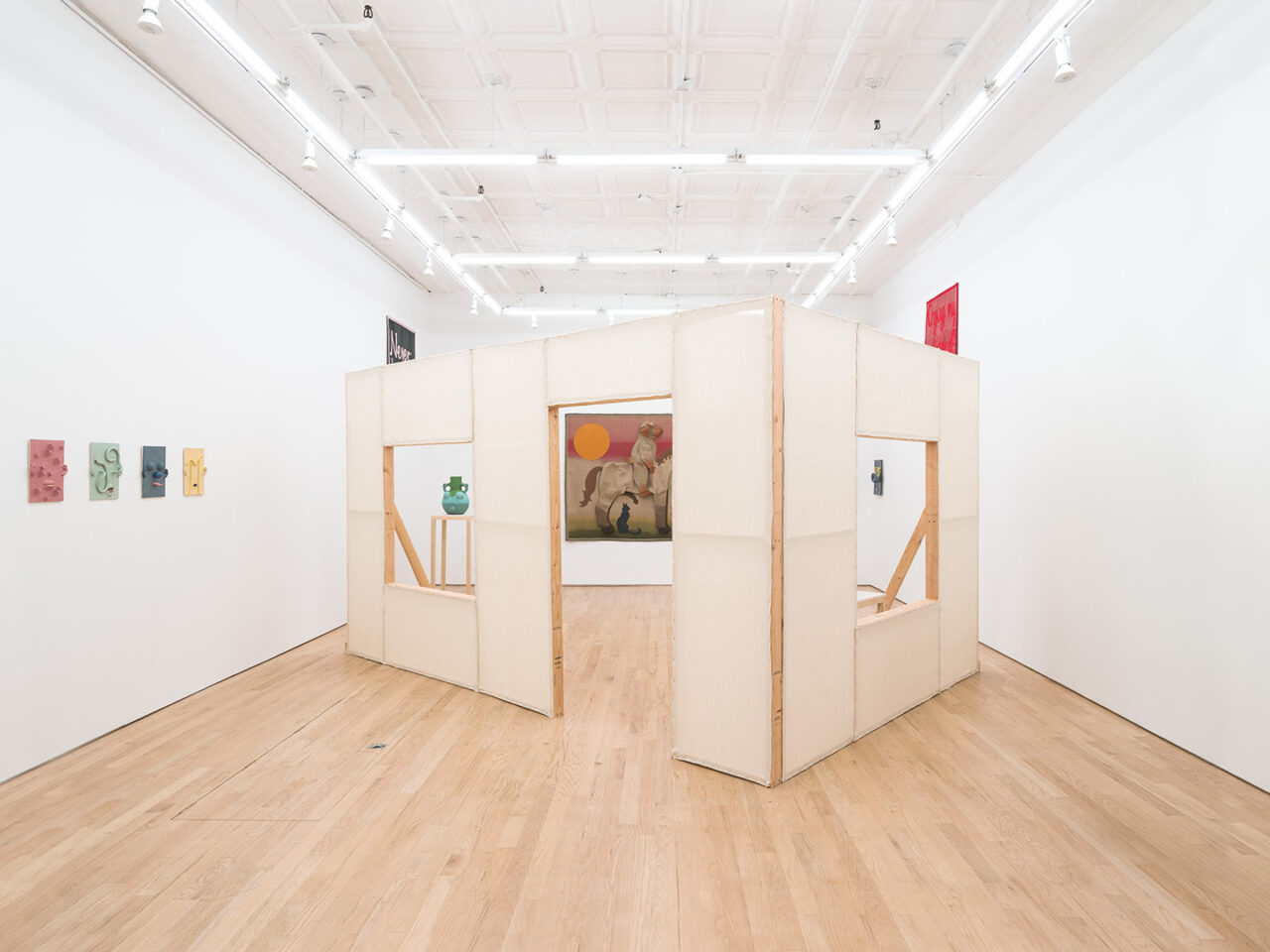
Installation view, Friends, 2025
-
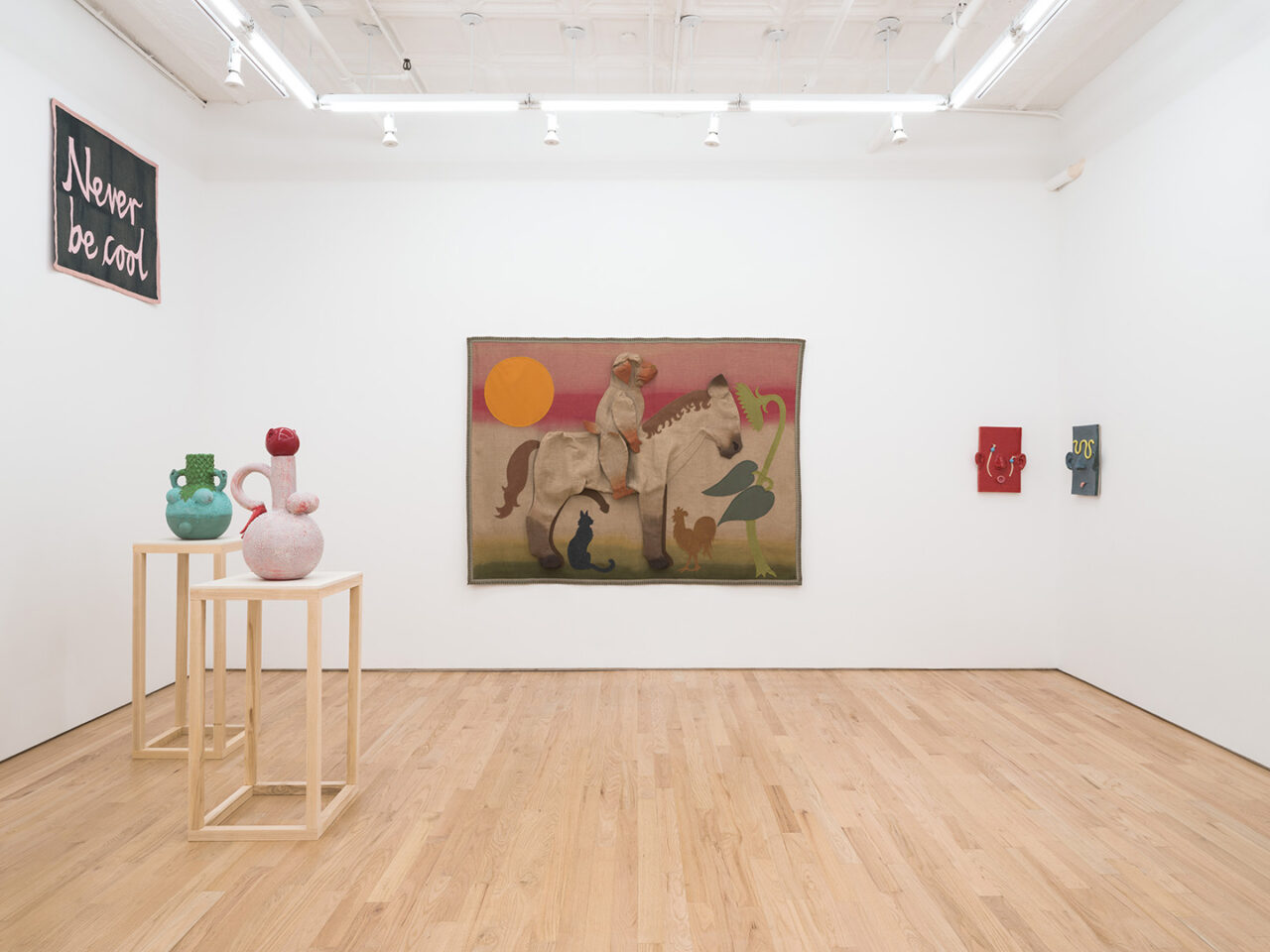
Installation view, Friends, 2025
-
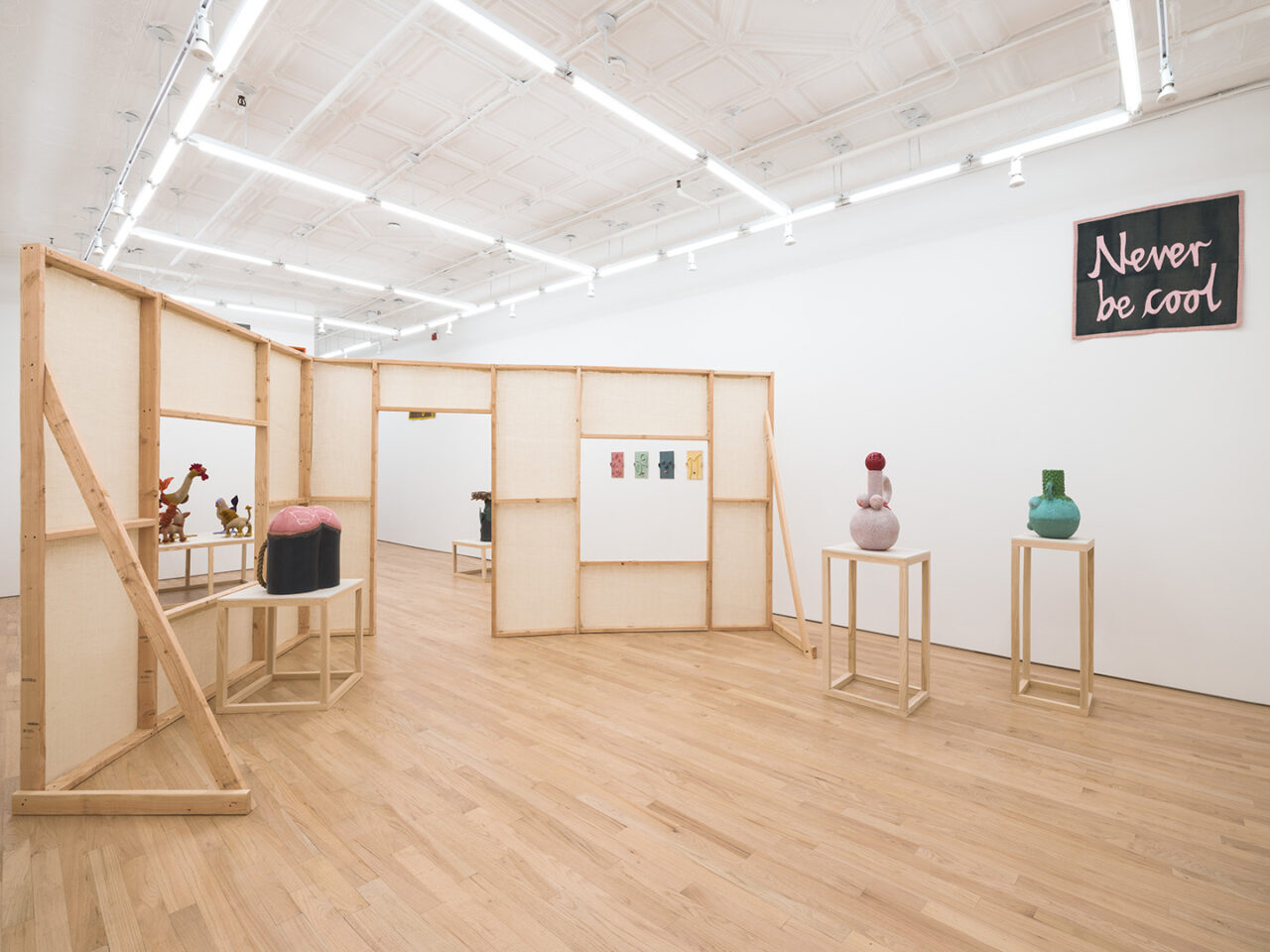
Installation view, Friends, 2025
-
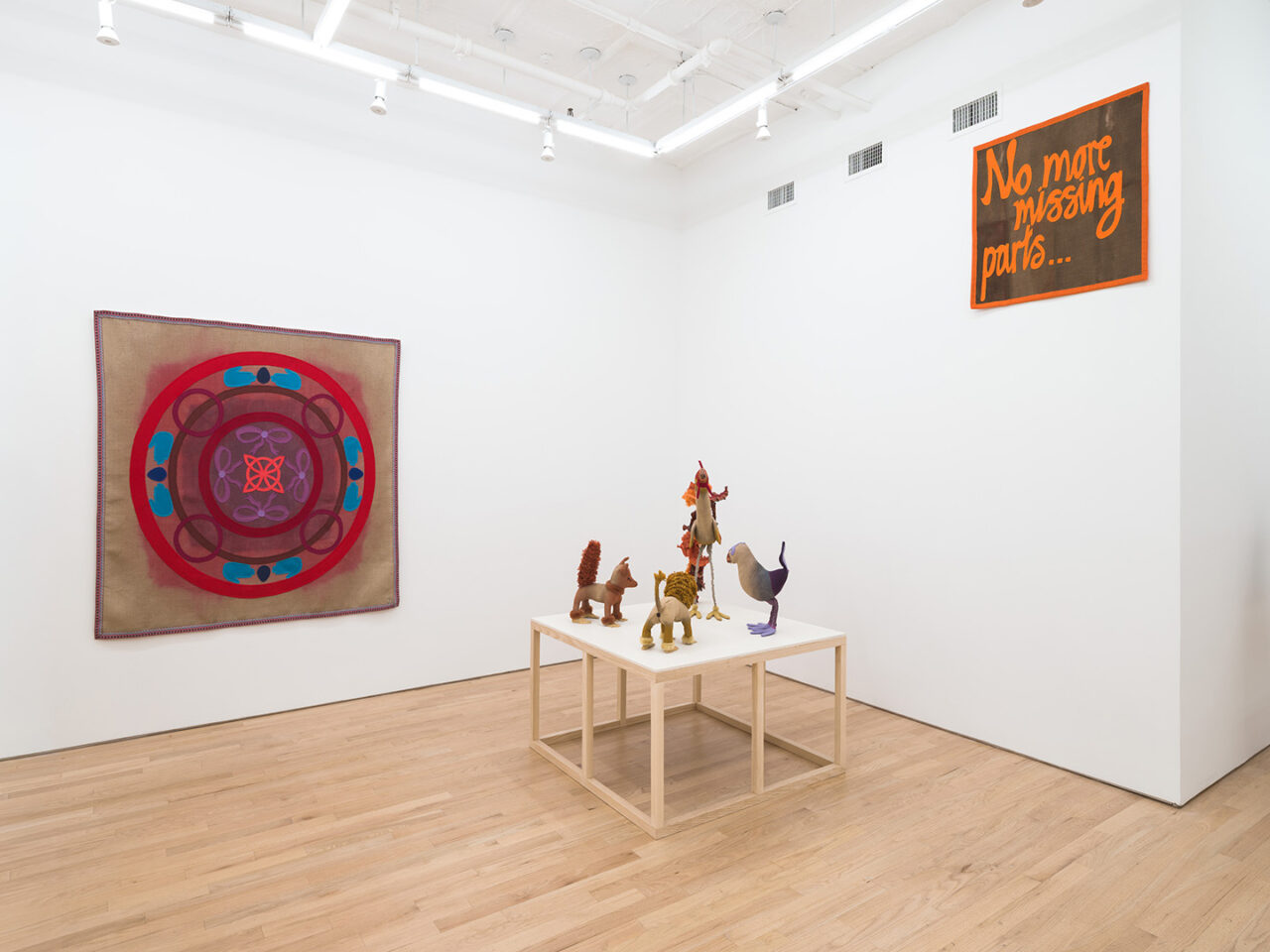
Installation view, Friends, 2025
-
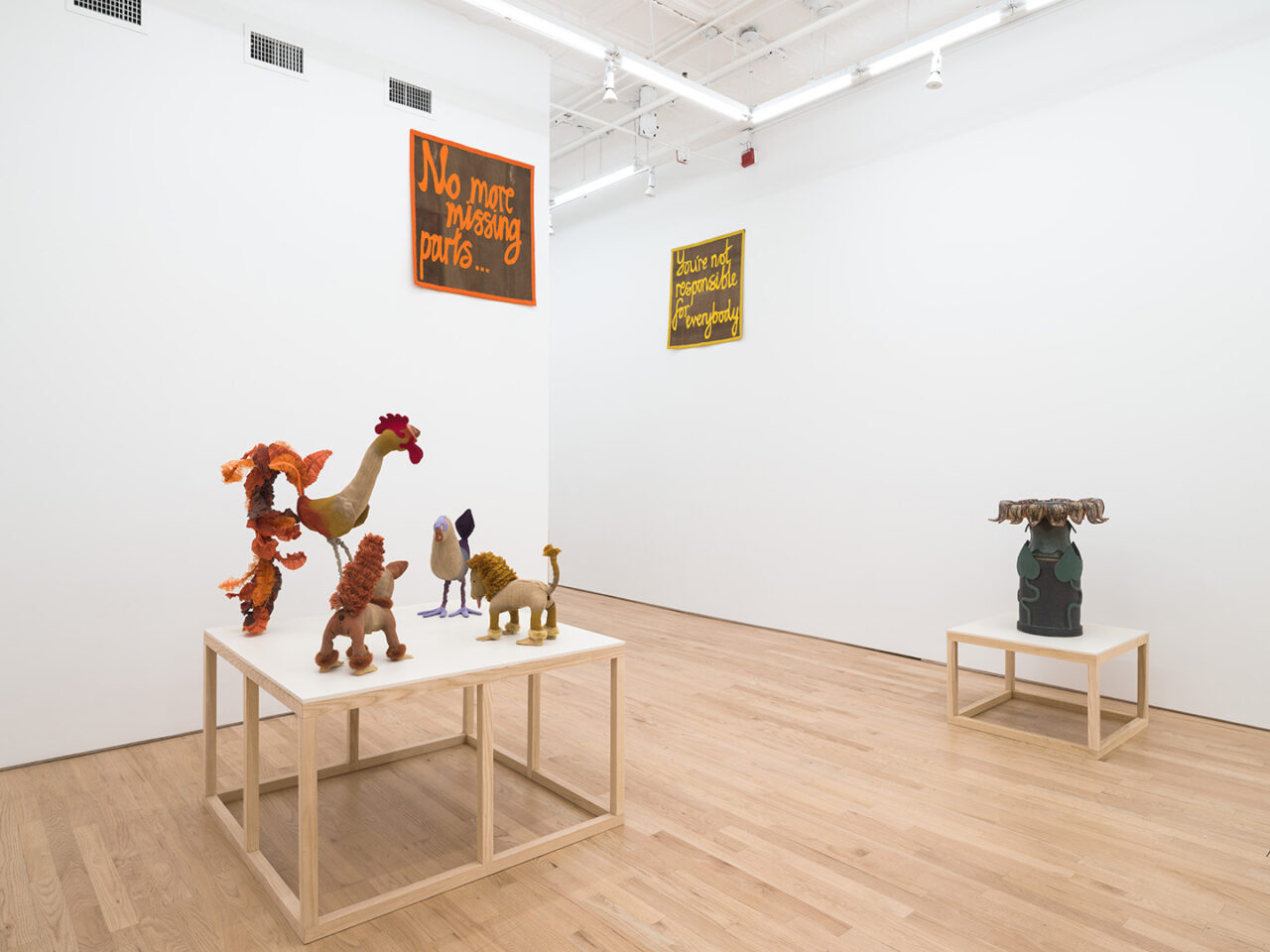
Installation view, Friends, 2025
-
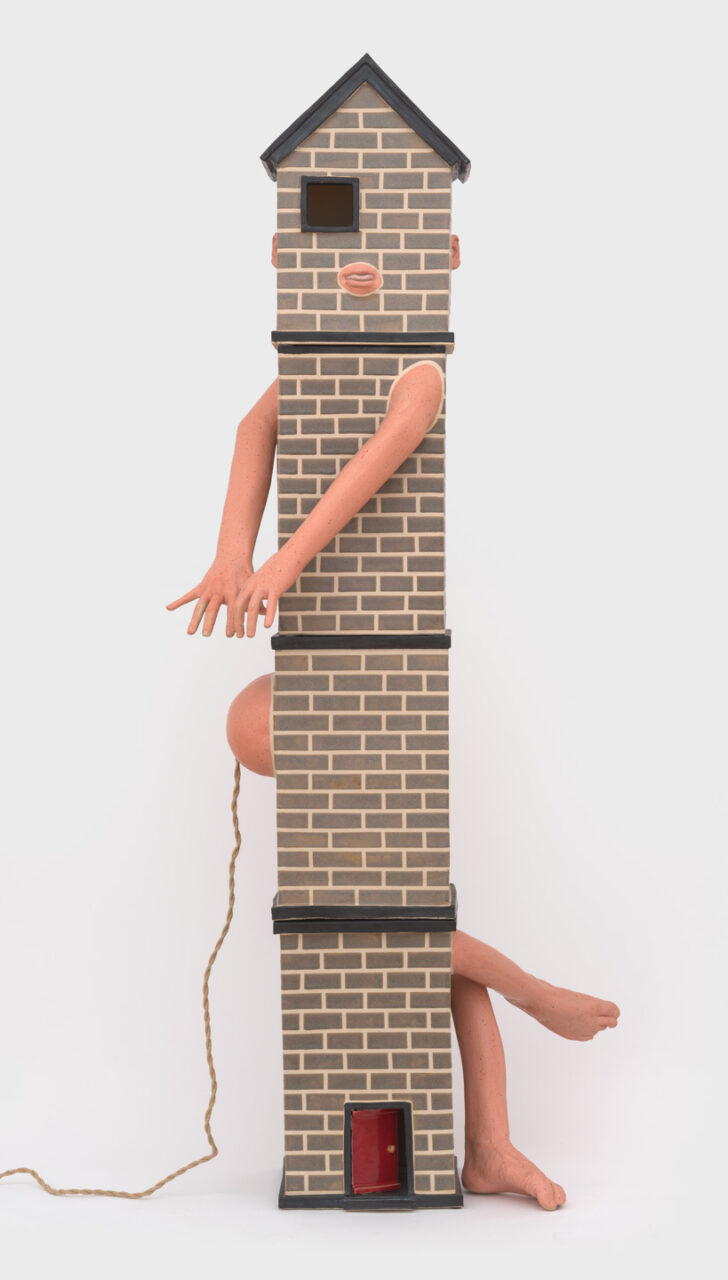
Jonathan Baldock
It's My House, and I Live Here, 2025
Glazed ceramic
73 ⅝ × 27 ⁹⁄₁₆ × 21 ⅝ inches -
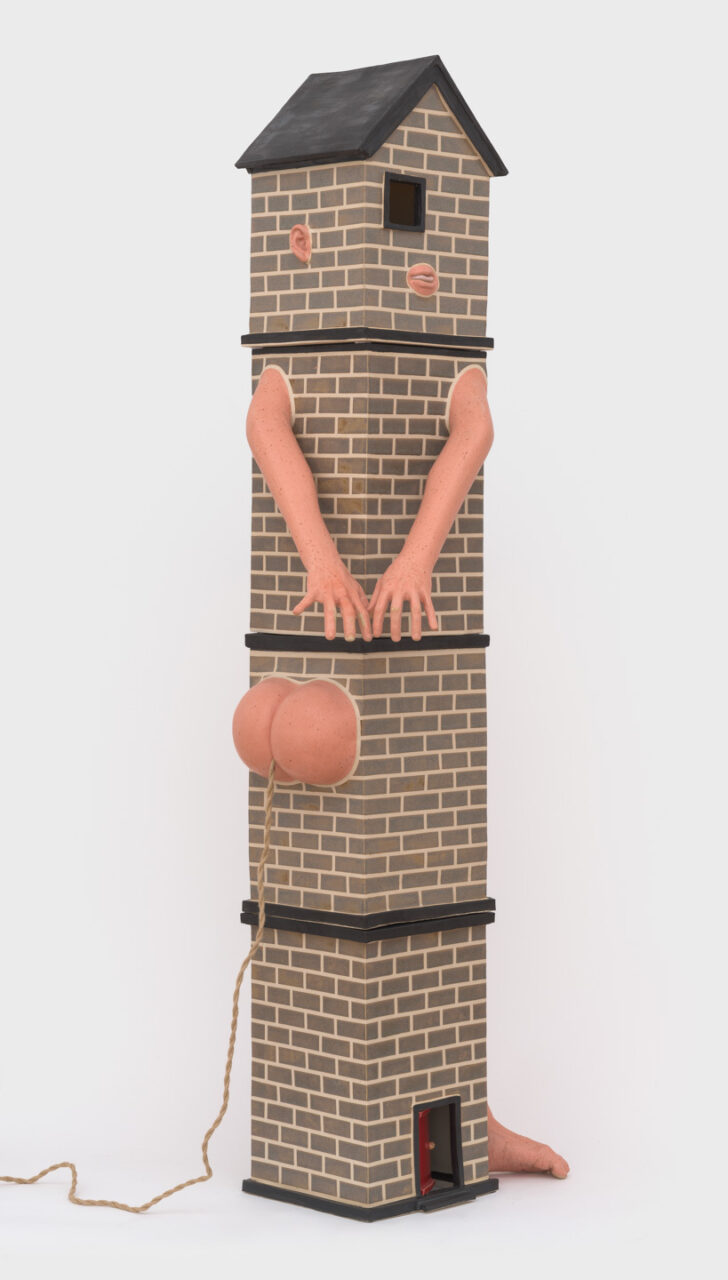
Jonathan Baldock
It's My House, and I Live Here, 2025
Glazed ceramic
73 ⅝ × 27 ⁹⁄₁₆ × 21 ⅝ inches -
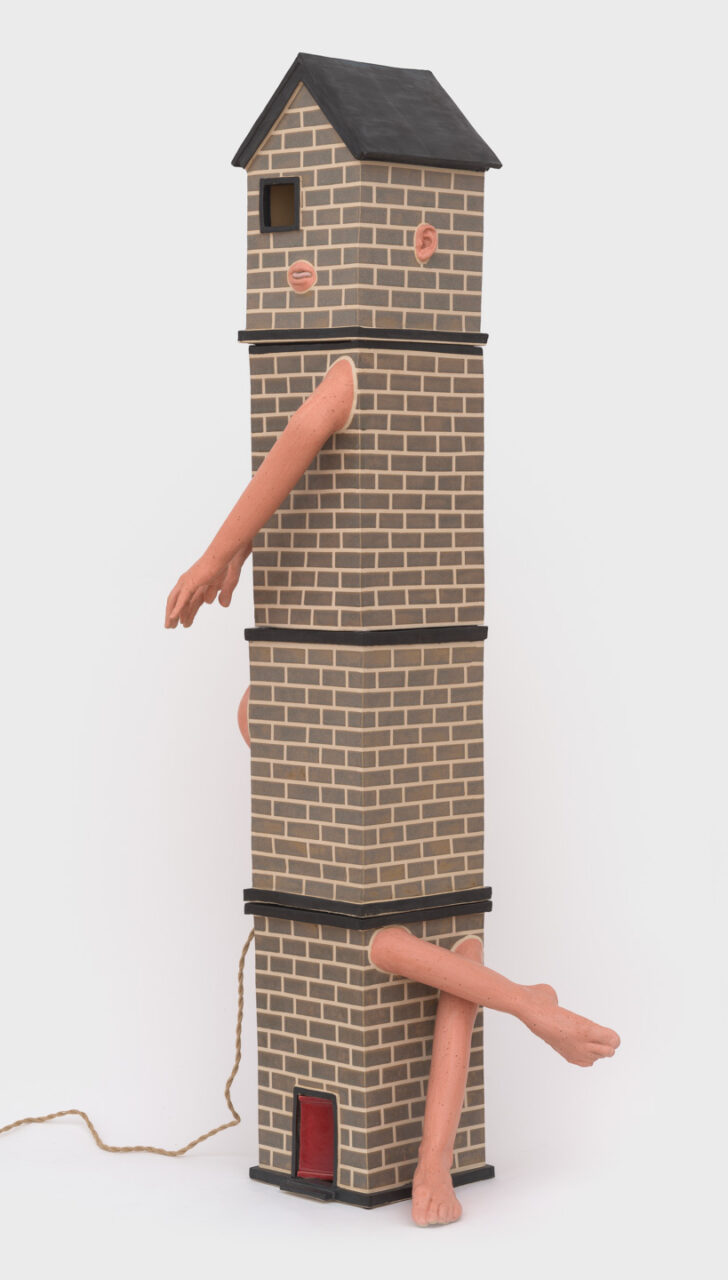
Jonathan Baldock
It's My House, and I Live Here, 2025
Glazed ceramic
73 ⅝ × 27 ⁹⁄₁₆ × 21 ⅝ inches -

Jonathan Baldock
The Bremen Town Musicians, 2025
Dyed hessian, appliqué felt, cotton thread, webbing, coconut fiber stuffing
68 ⅞ × 98 ⁷⁄₁₆ × 3 ¹⁵⁄₁₆ inches -
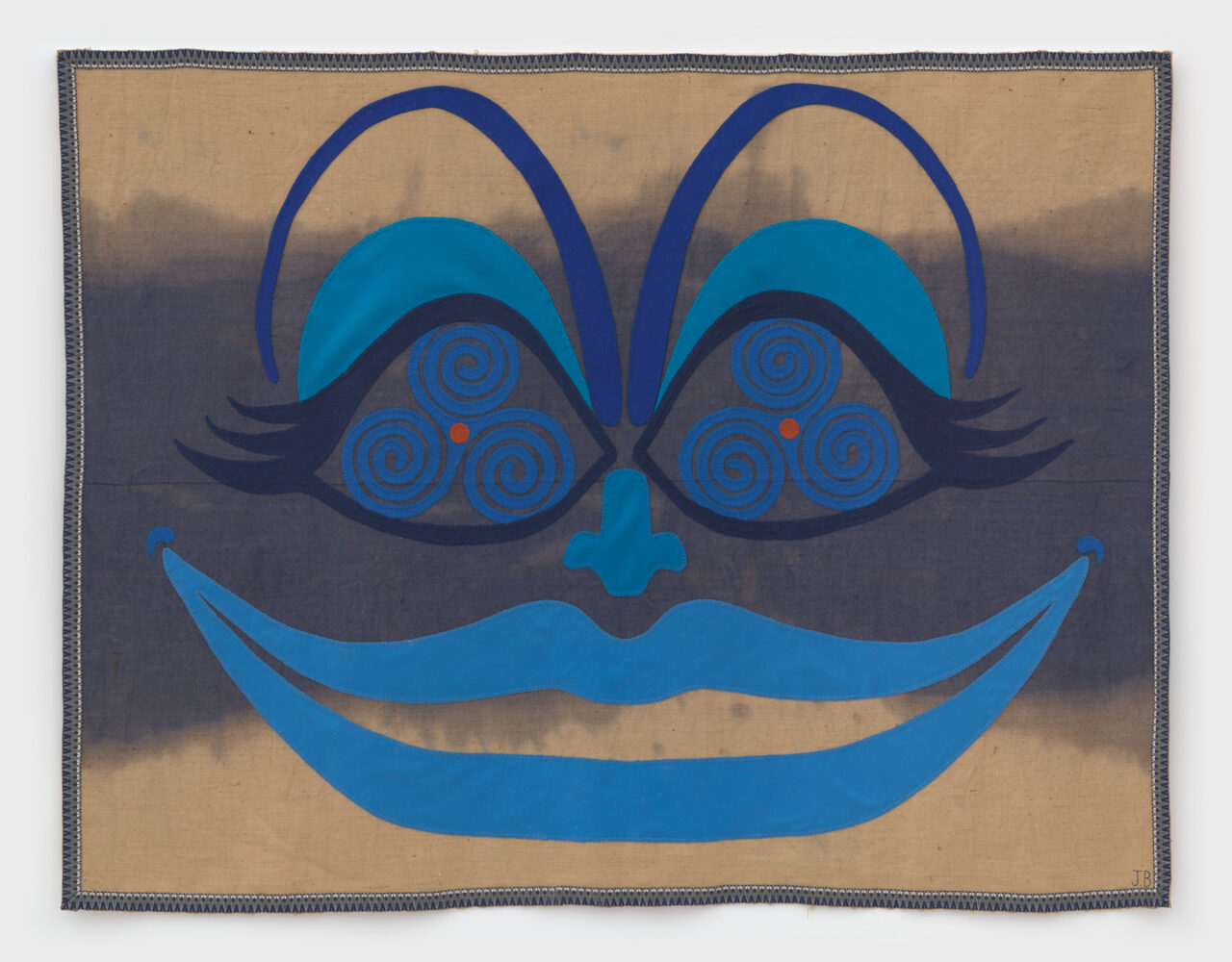
Jonathan Baldock
Ursula, 2025
Dyed hessian, appliqué felt, cotton thread, webbing
68 ⅞ × 94 ½ × ⅜ inches -
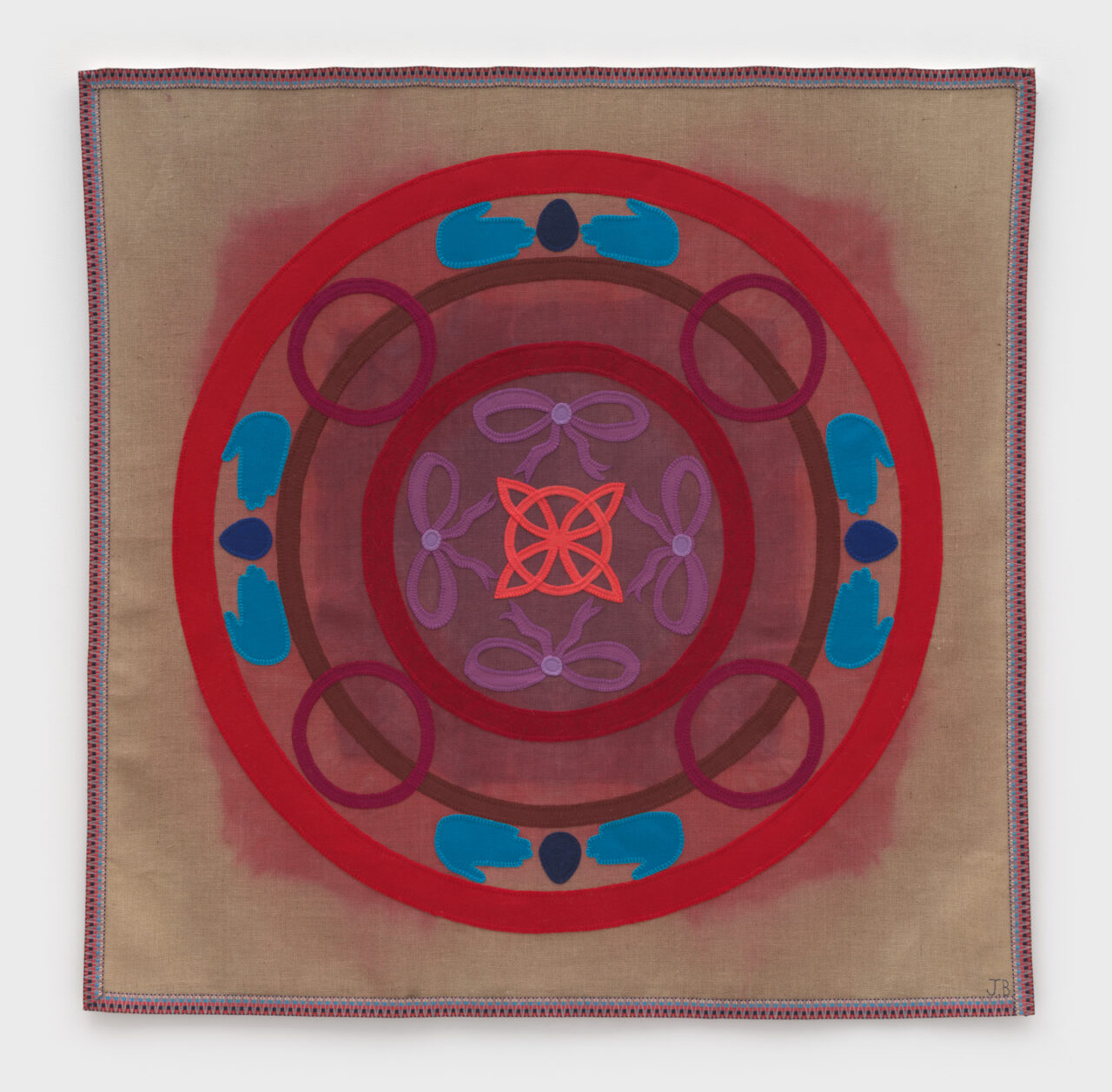
Jonathan Baldock
The Signs of Friendship, 2025
Dyed hessian, appliqué felt, cotton thread, webbing
68 ⅞ × 88 ⁹⁄₁₆ × ⅜ inches -
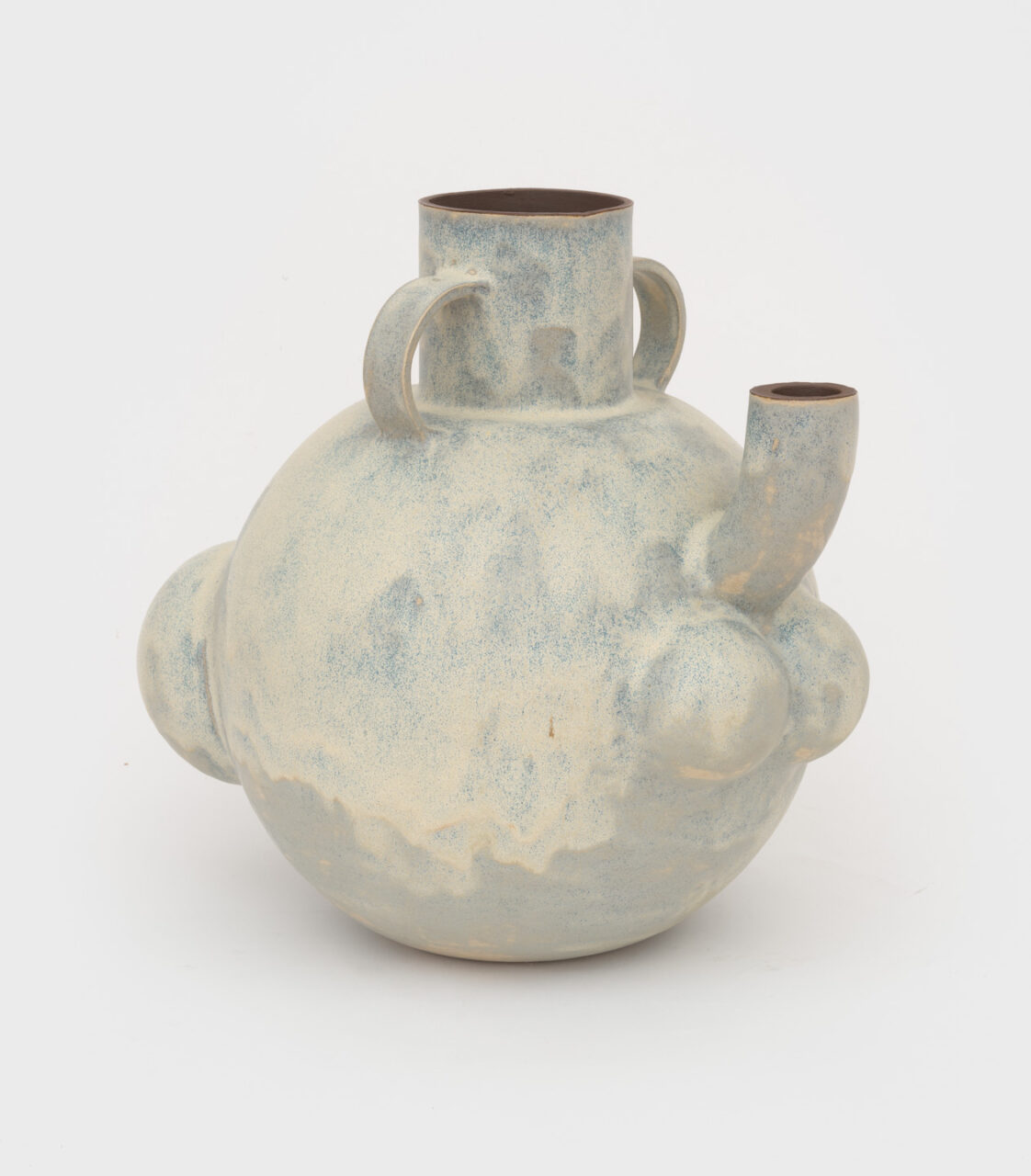
Jonathan Baldock
A Great Little Pourer, 2025
Glazed ceramic
15 ⅜ × 11 ⁷⁄₁₆ × 16 ⁹⁄₁₆ inches -
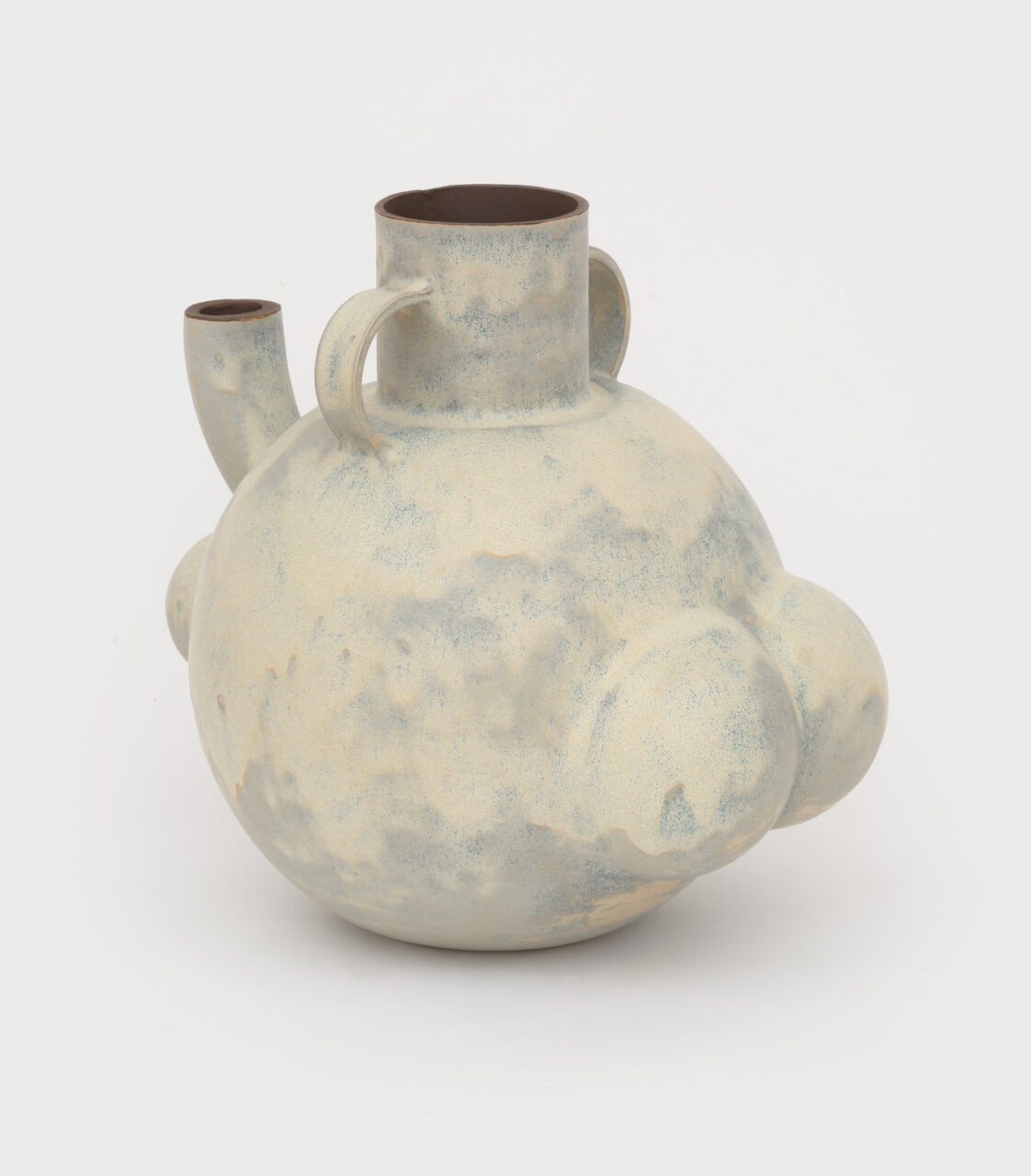
Jonathan Baldock
A Great Little Pourer, 2025
Glazed ceramic
15 ⅜ × 11 ⁷⁄₁₆ × 16 ⁹⁄₁₆ inches -
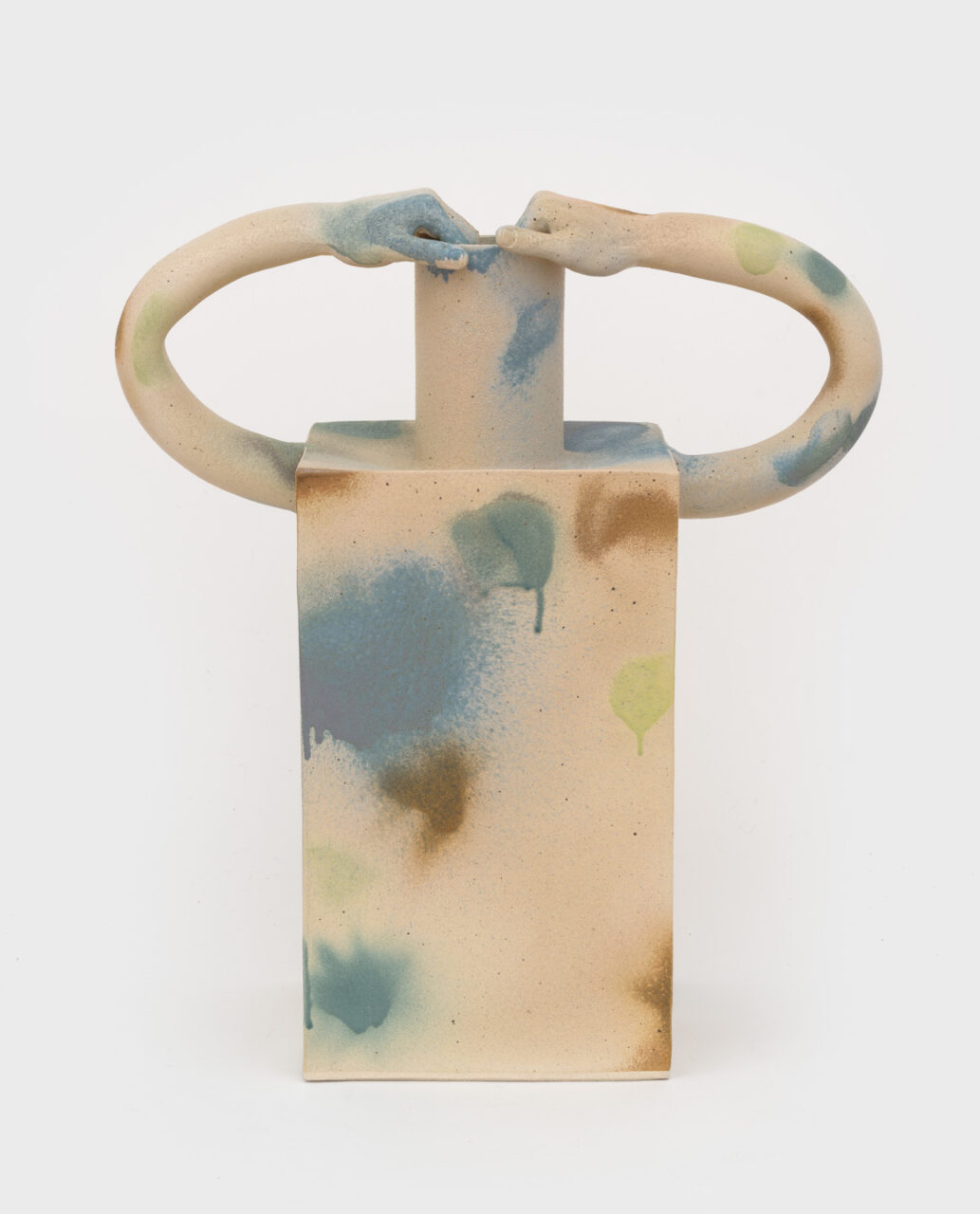
Jonathan Baldock
A Friend in Need Is a Friend Indeed, 2025
Glazed ceramic
26 ⅜ × 22 ¾ × 11 inches -
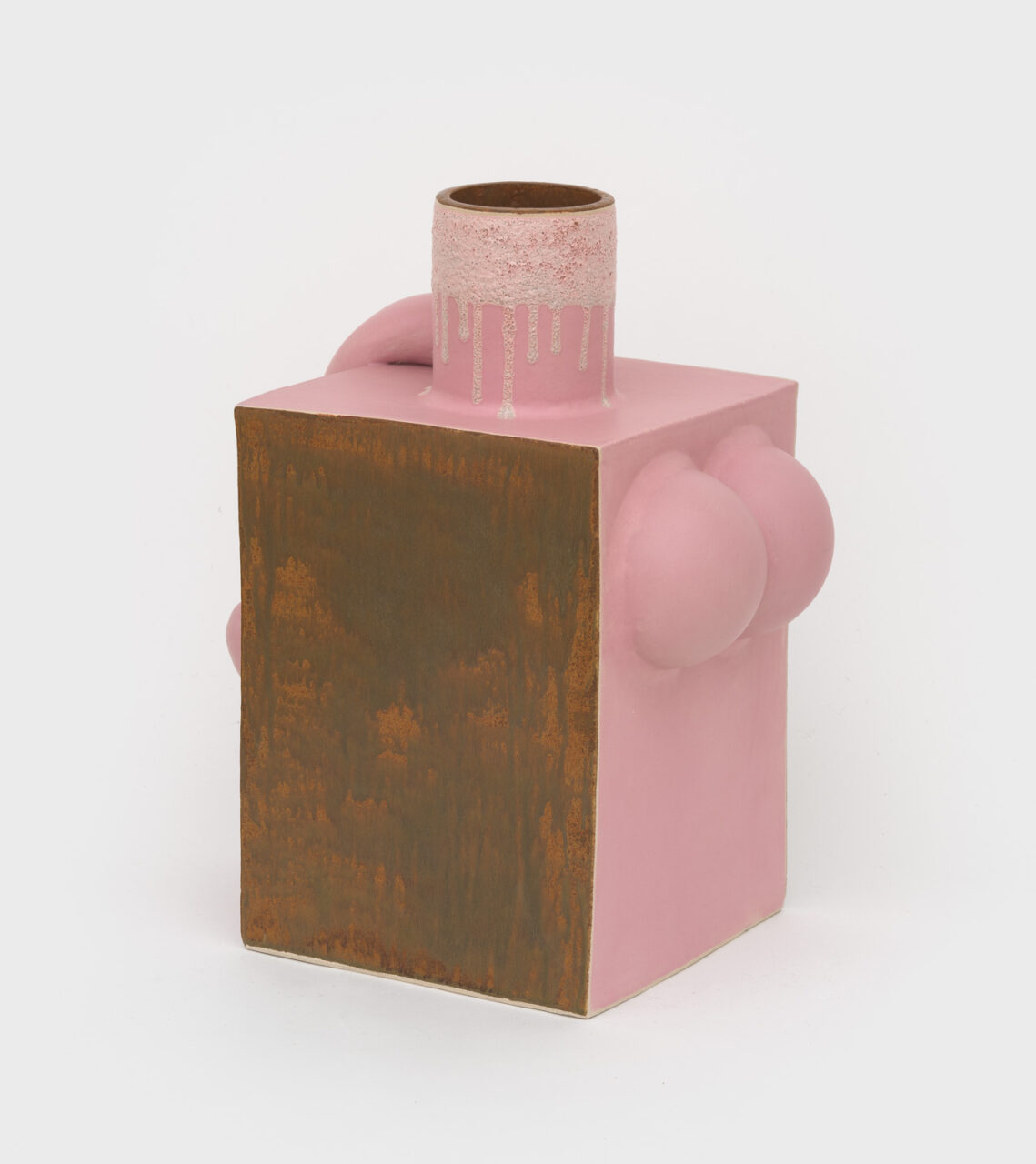
Jonathan Baldock
Leg Over, 2025
Glazed ceramic
20 ½ × 11 × 15 inches -
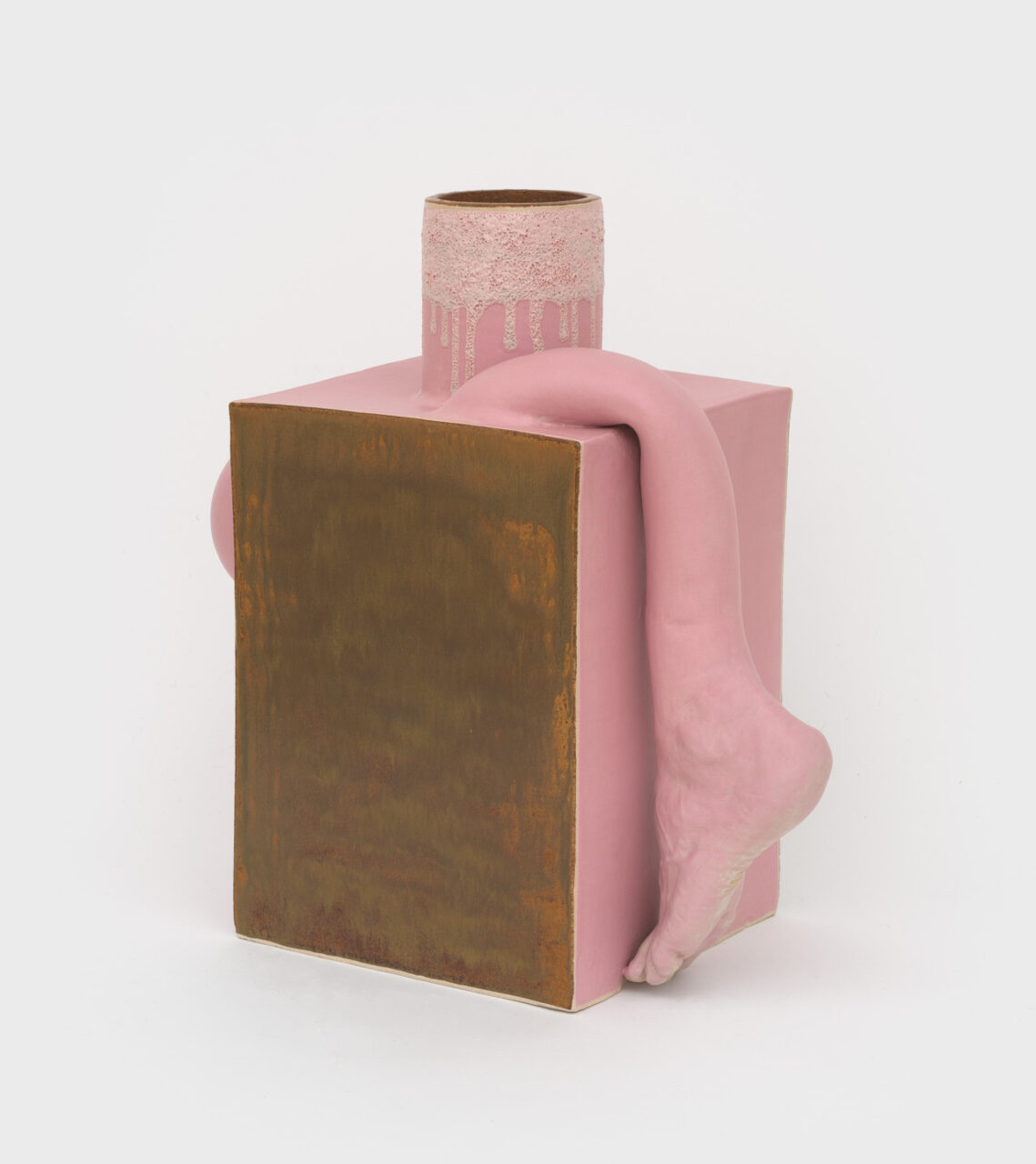
Jonathan Baldock
Leg Over, 2025
Glazed ceramic
20 ½ × 11 × 15 inches -
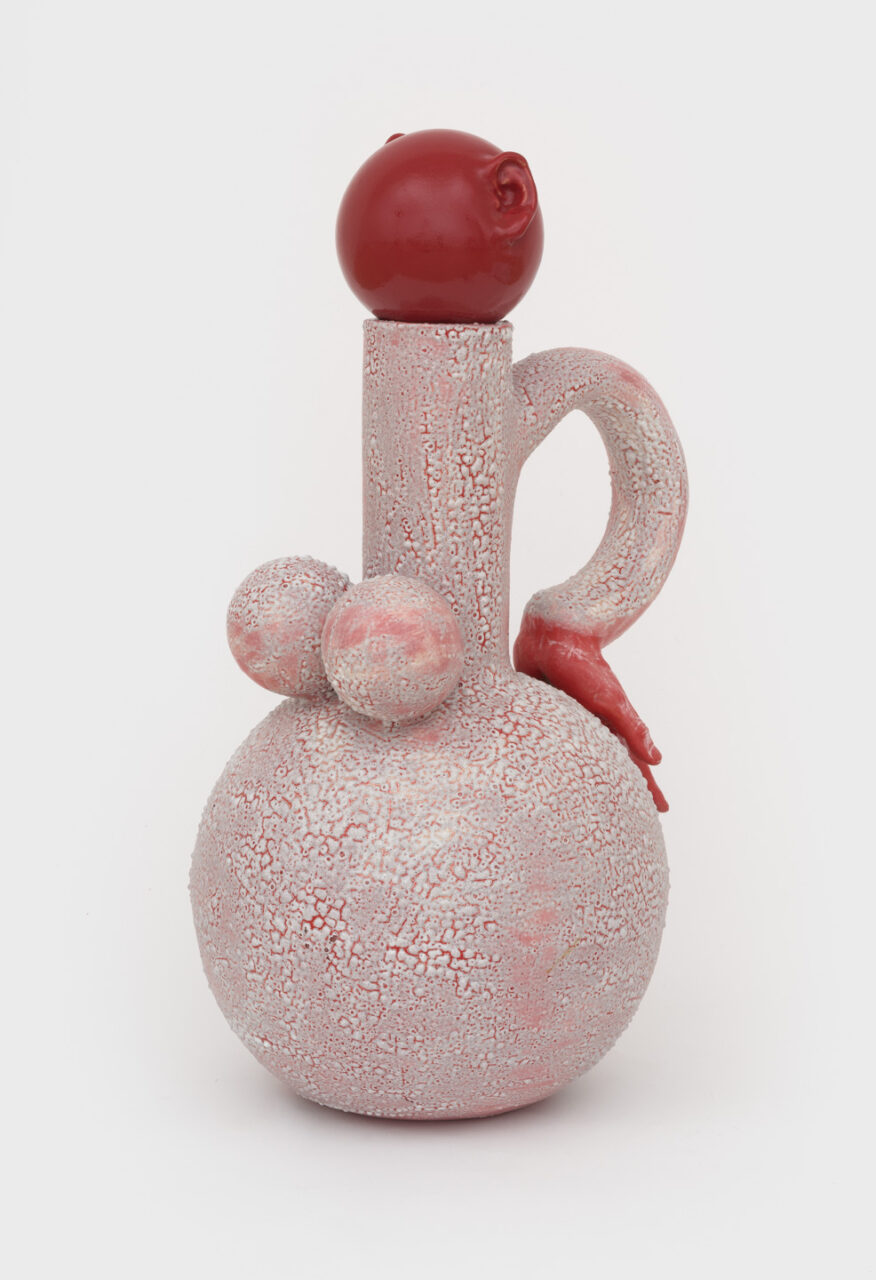
Jonathan Baldock
She's Sassy, 2025
Glazed ceramic
25 ⁹⁄₁₆ × 11 ¹³⁄₁₆ × 14 ⁹⁄₁₆ inches -
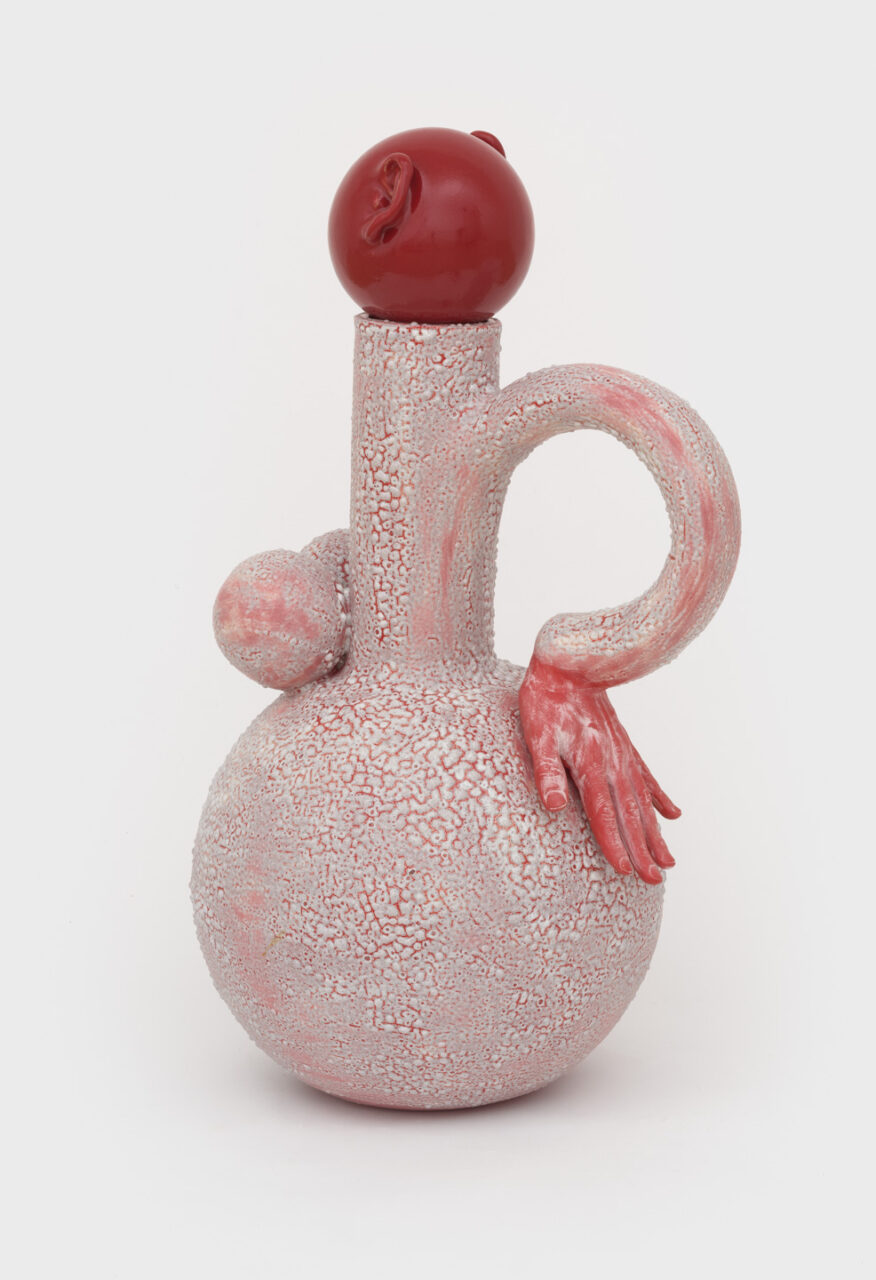
Jonathan Baldock
She's Sassy, 2025
Glazed ceramic
25 ⁹⁄₁₆ × 11 ¹³⁄₁₆ × 14 ⁹⁄₁₆ inches -
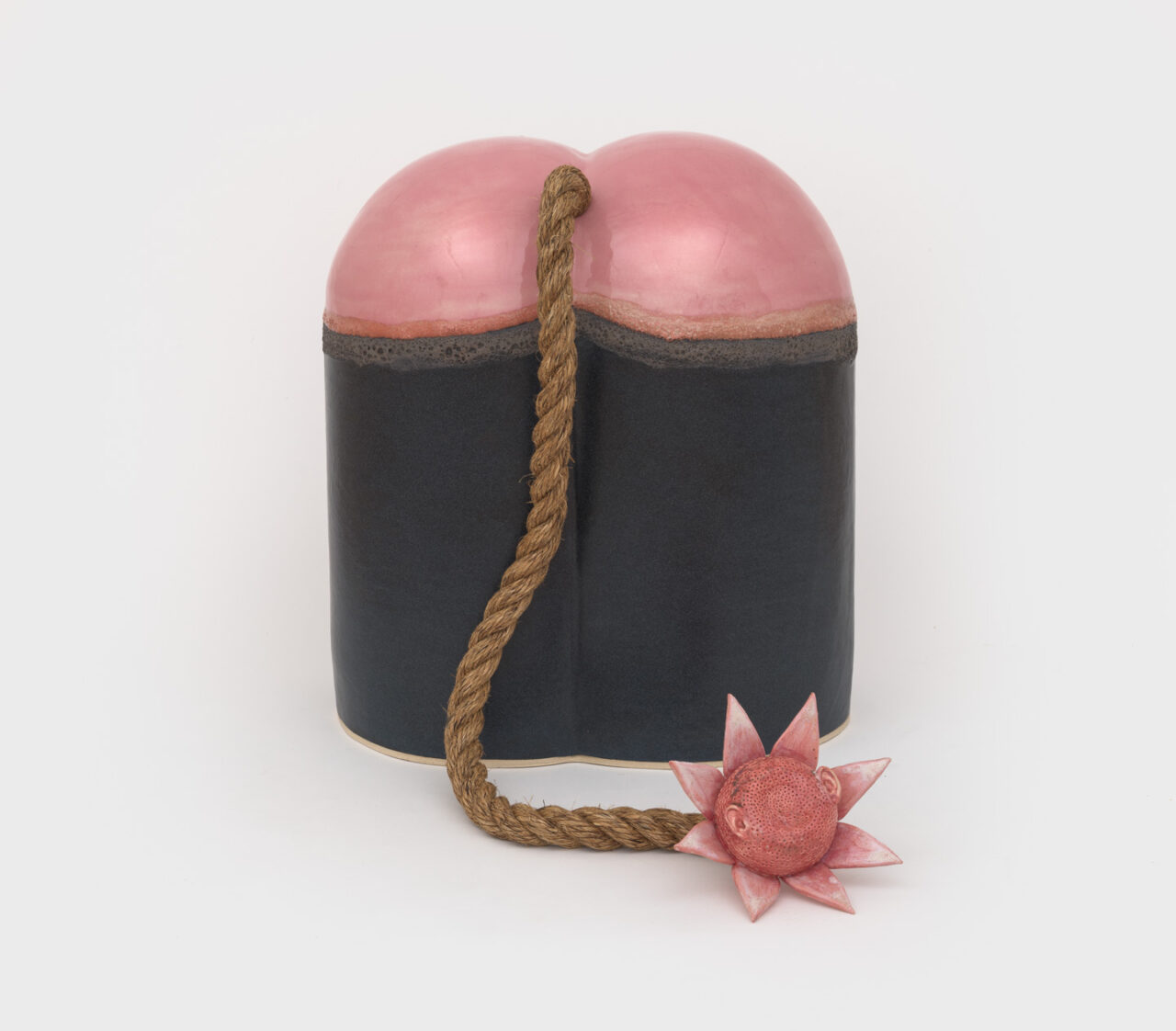
Jonathan Baldock
I Can Make the Flowers Grow, 2025
Glazed ceramic, rope
21 ¼ × 17 ⁵⁄₁₆ × 13 inches -
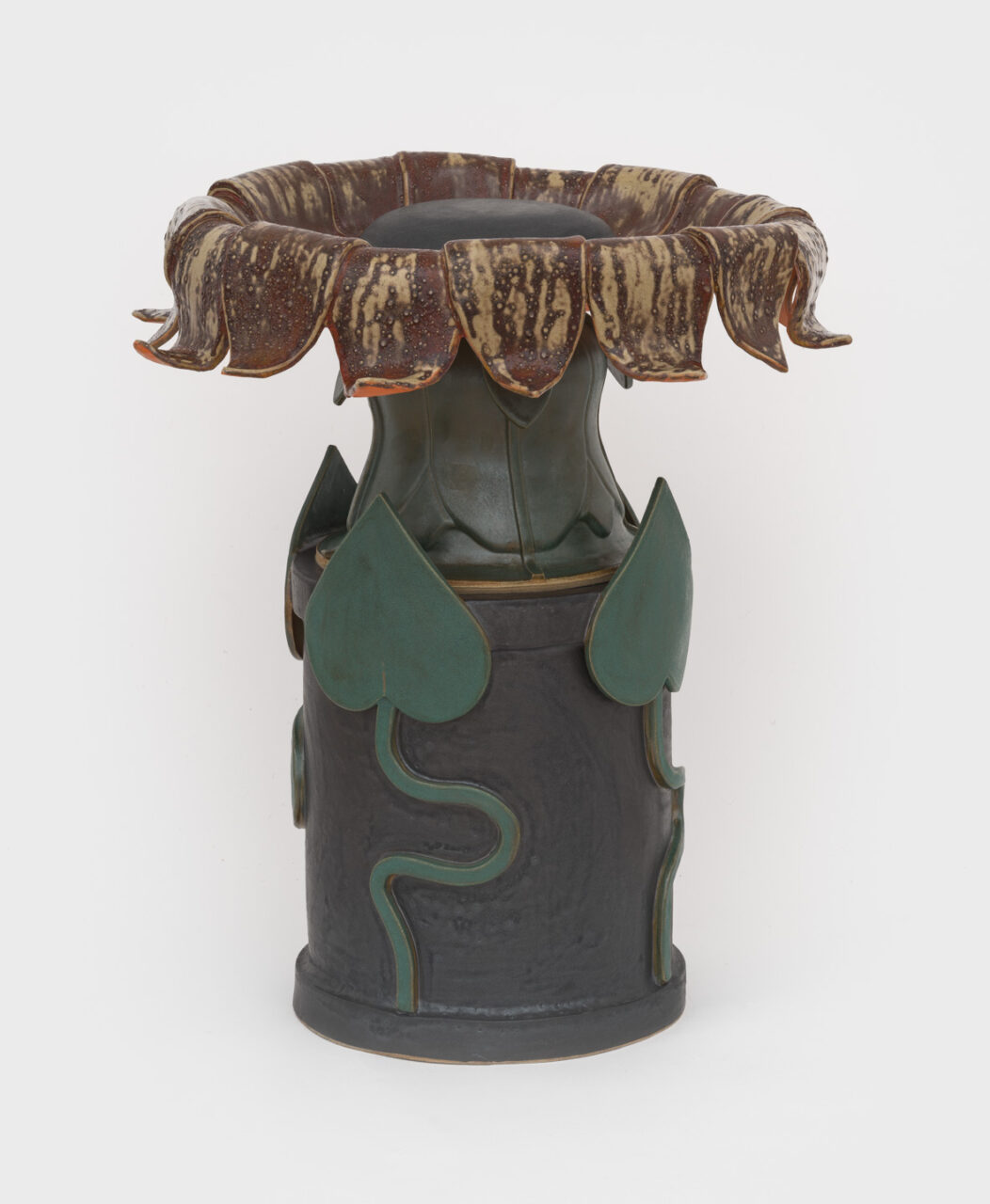
Jonathan Baldock
Turn to the Light, 2024
Glazed ceramic
27 ⁹⁄₁₆ × 25 ⅝ × 25 ⅝ inches -
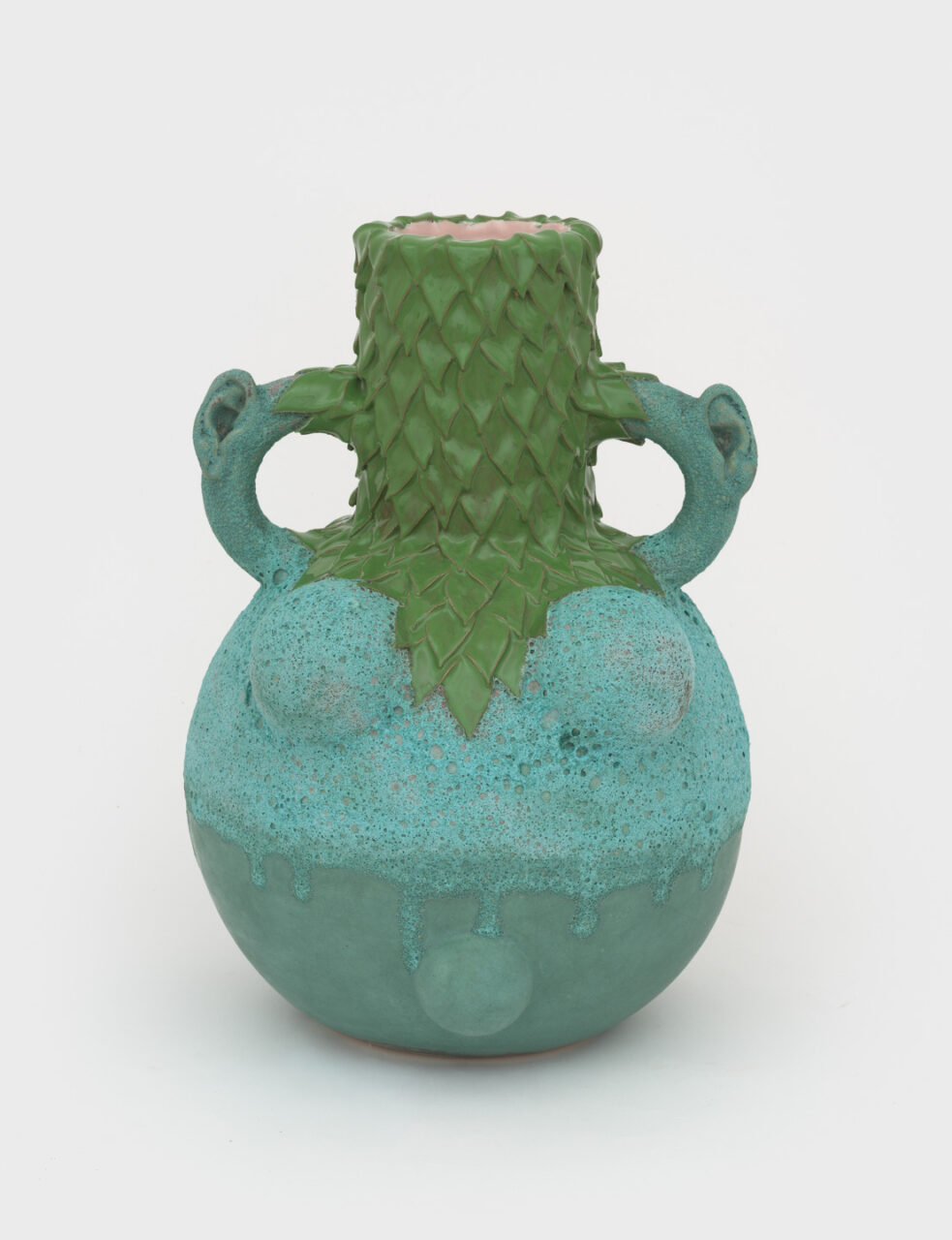
Jonathan Baldock
Use All That You Take, 2025
Glazed ceramic
17 ¹¹⁄₁₆ × 11 ¹³⁄₁₆ × 13 inches -

Jonathan Baldock
Talisman with Stand, 2025
Glazed ceramic, wood
8 ¼ × 6 ⁵⁄₁₆ × 12 ⅝ inches -
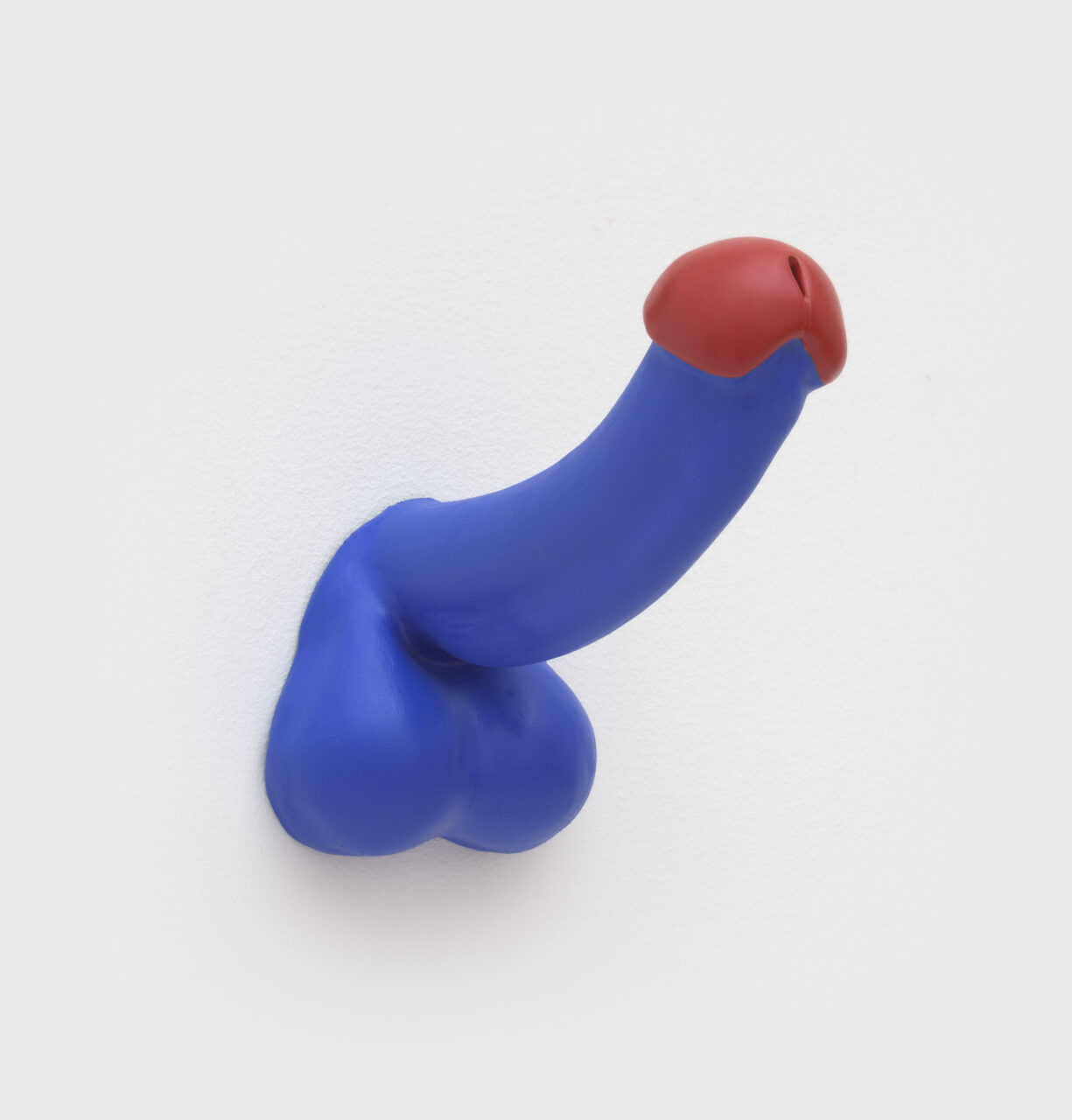
Jonathan Baldock
Talisman Blue, 2025
Glazed ceramic
4 ¾ × 5 ⅛ × 9 ⅞ inches -
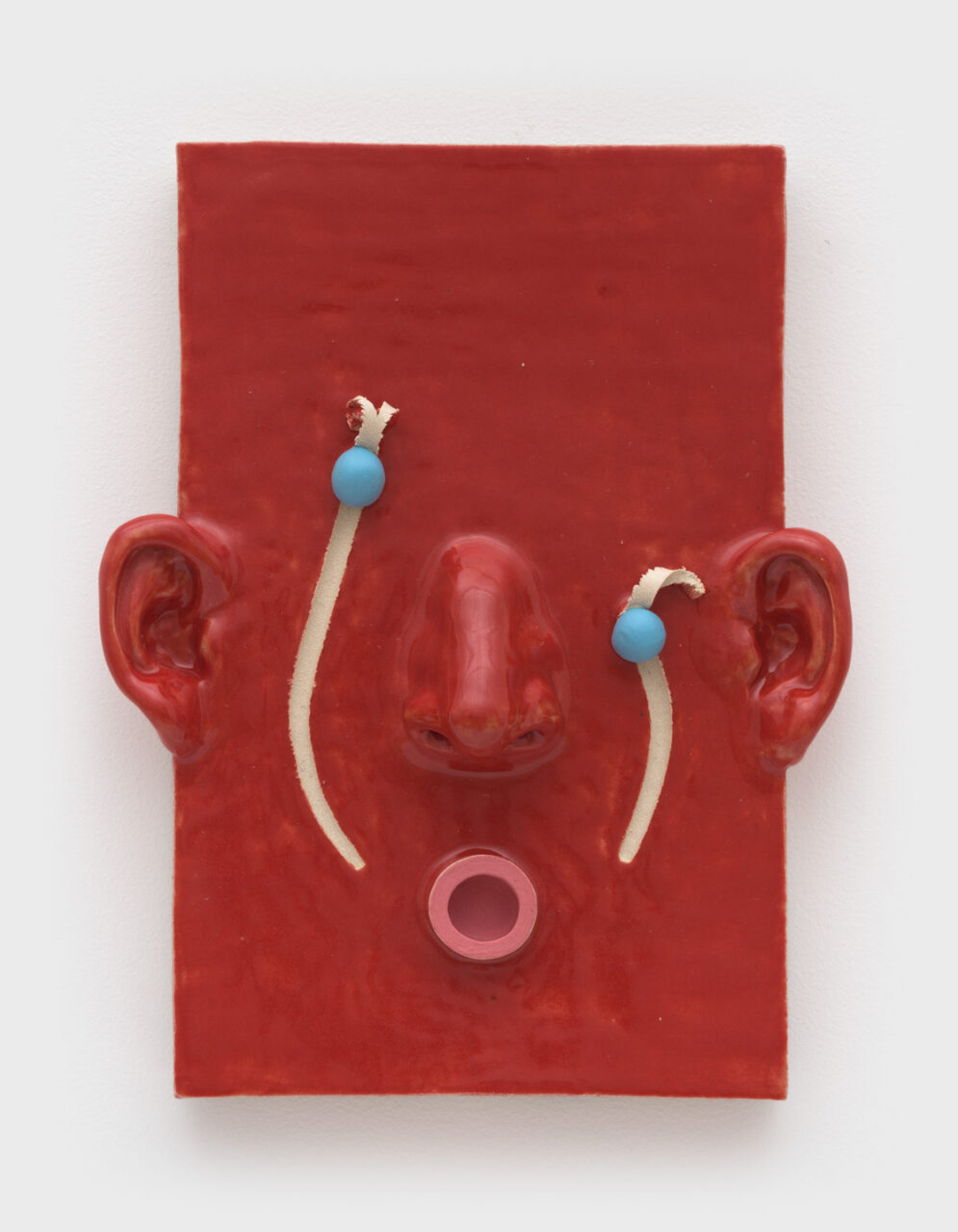
Jonathan Baldock
Big Masque I, 2025
Glazed ceramic
18 ½ × 14 ⁹⁄₁₆ × 3 ¹⁵⁄₁₆ inches -

Jonathan Baldock
Big Masque II, 2025
Glazed ceramic
18 ½ × 14 ⁹⁄₁₆ × 3 ¹⁵⁄₁₆ inches -
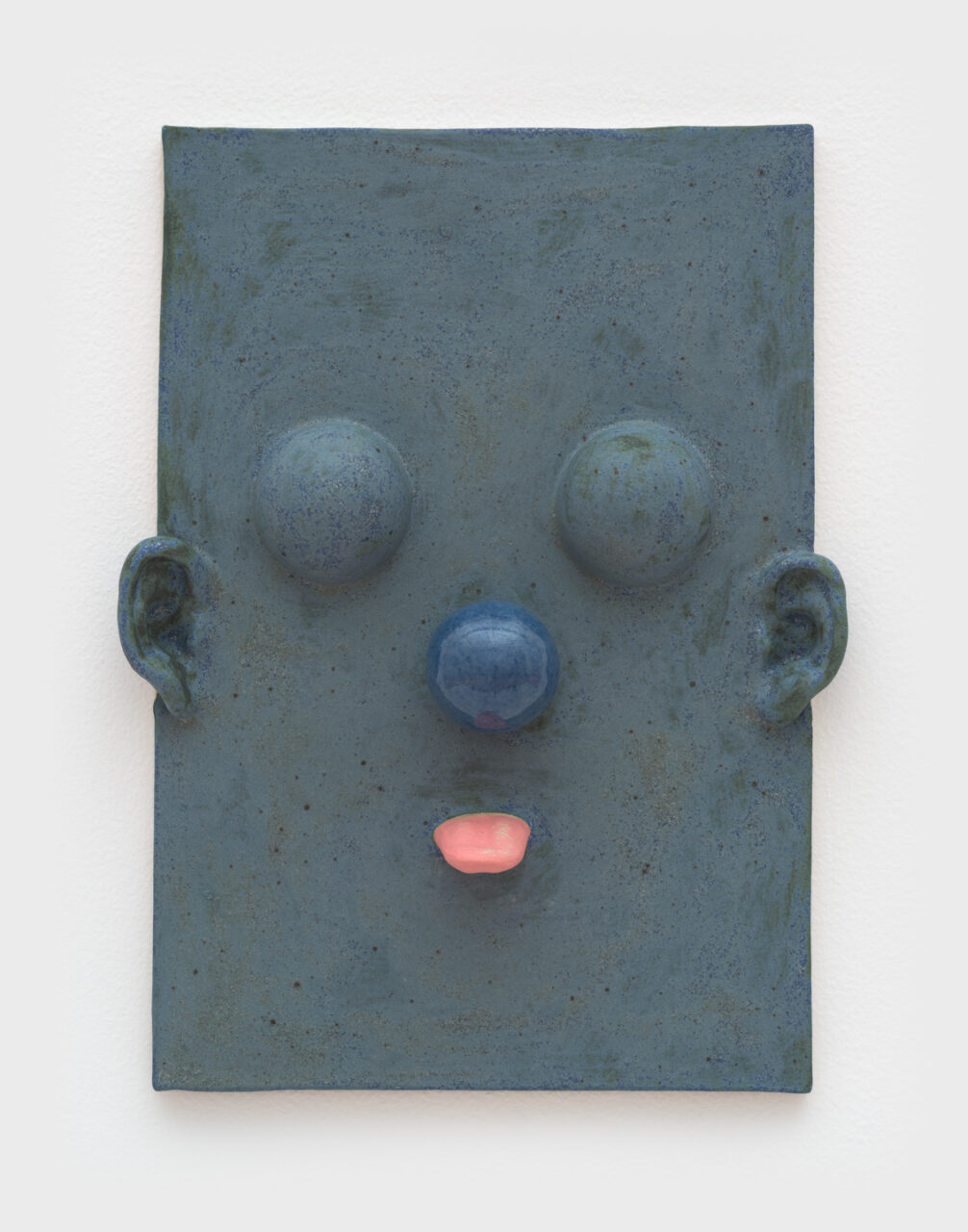
Jonathan Baldock
Masque XIX, 2025
Glazed ceramic
13 × 10 × 2 ½ inches -
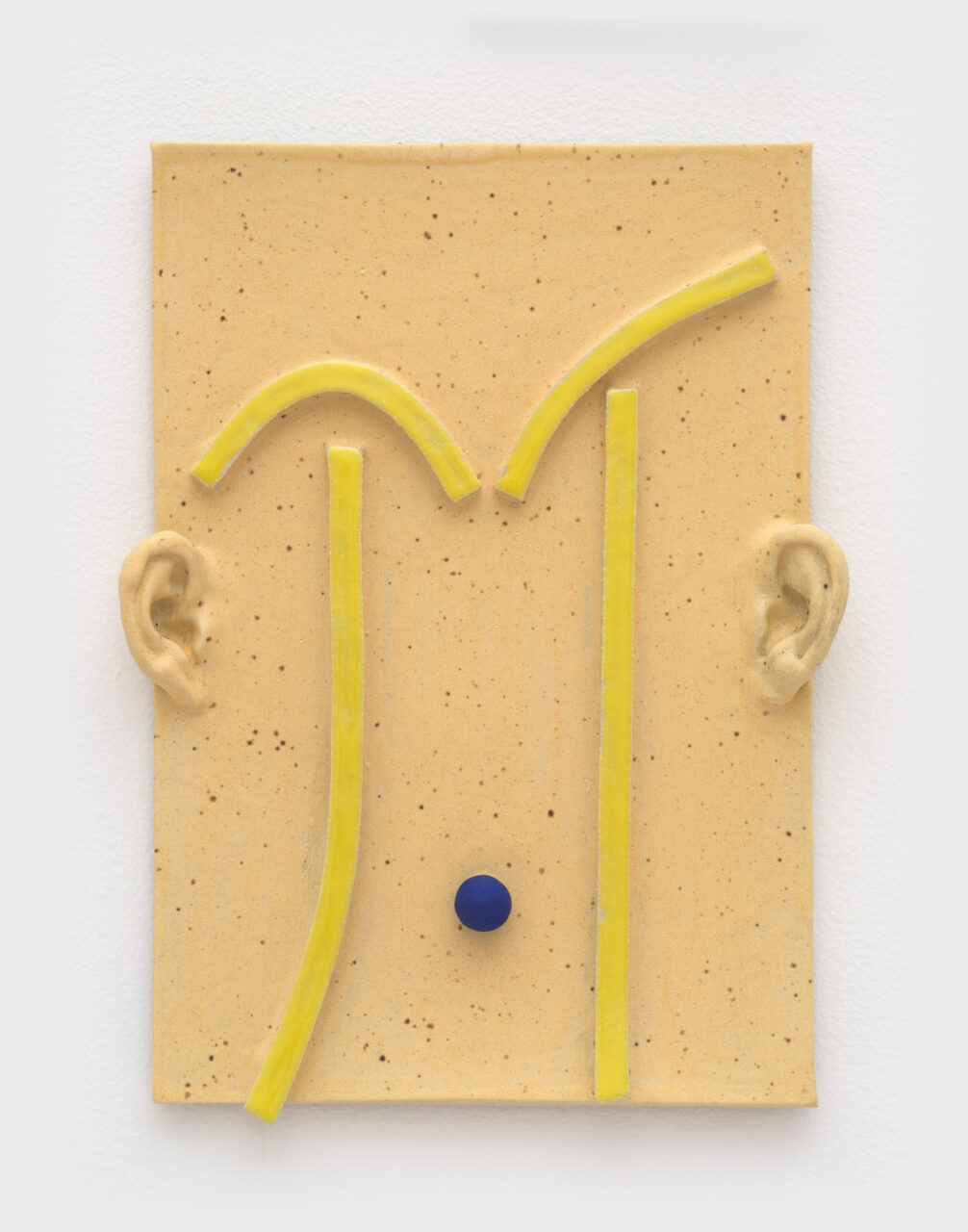
Jonathan Baldock
Masque XX, 2025
Glazed ceramic
13 × 10 × 1 inches -
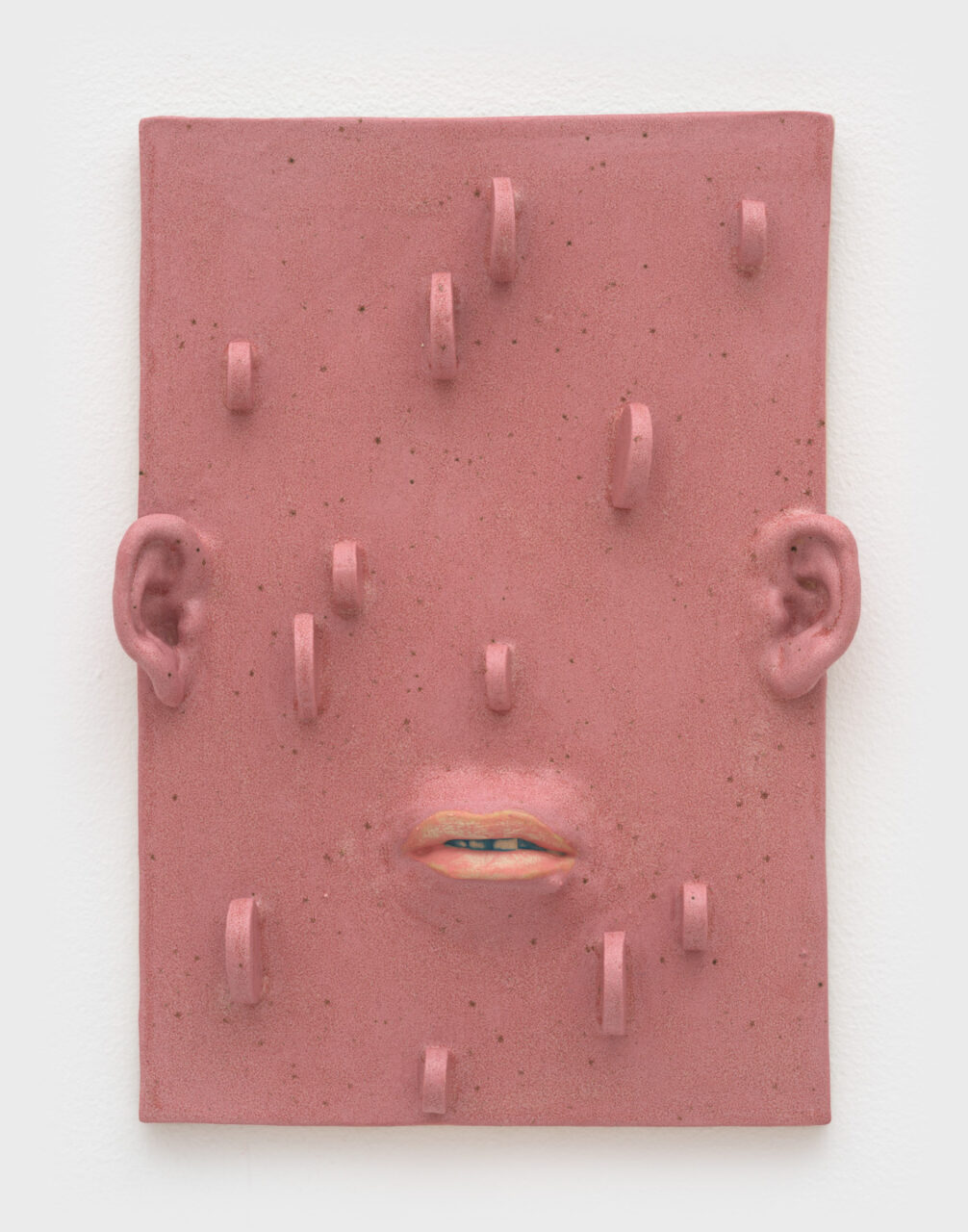
Jonathan Baldock
Masque XXI, 2025
Glazed ceramic
13 × 9 ½ × 2 inches -
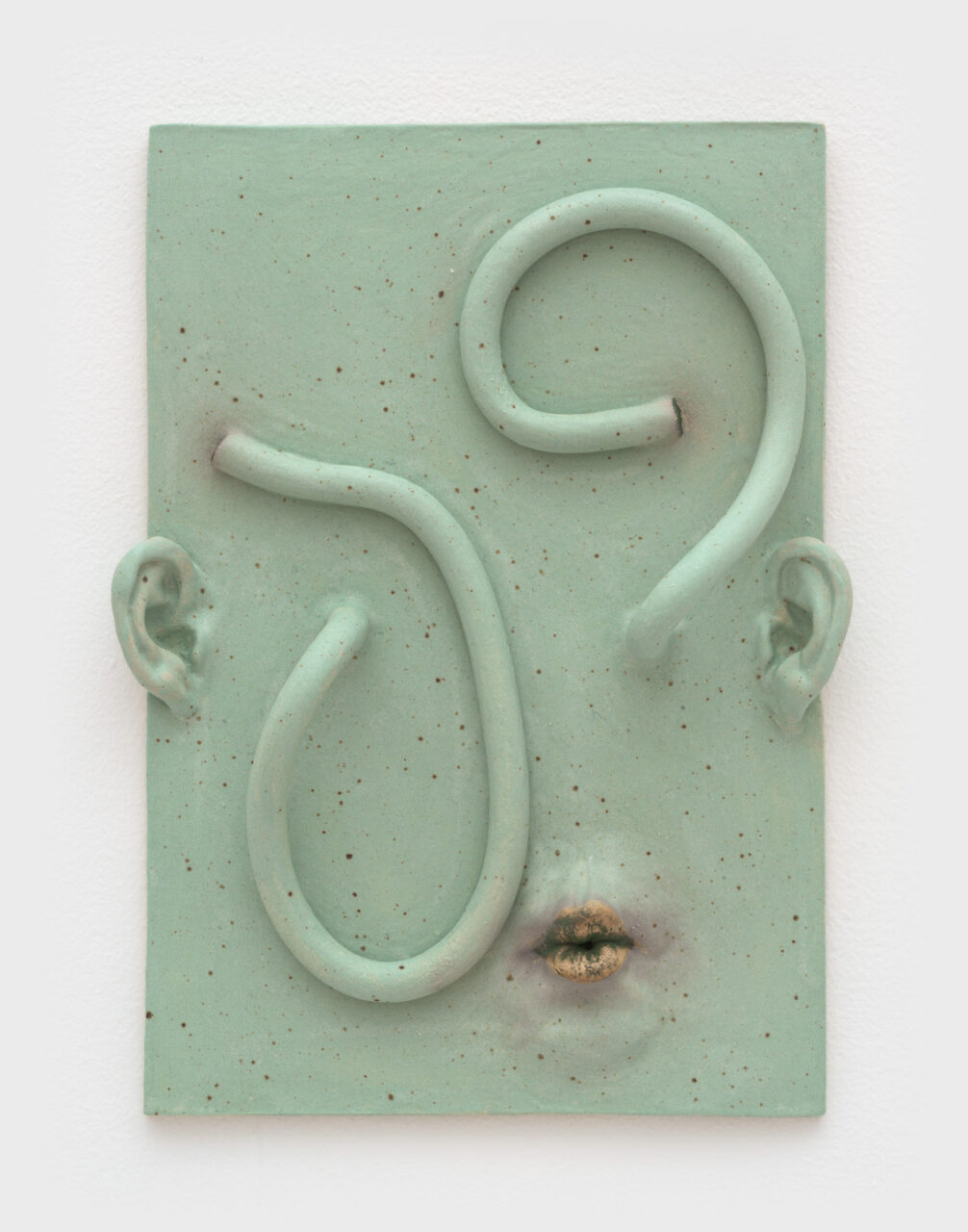
Jonathan Baldock
Masque XXII, 2025
Glazed ceramic
13 × 10 × 3 inches -
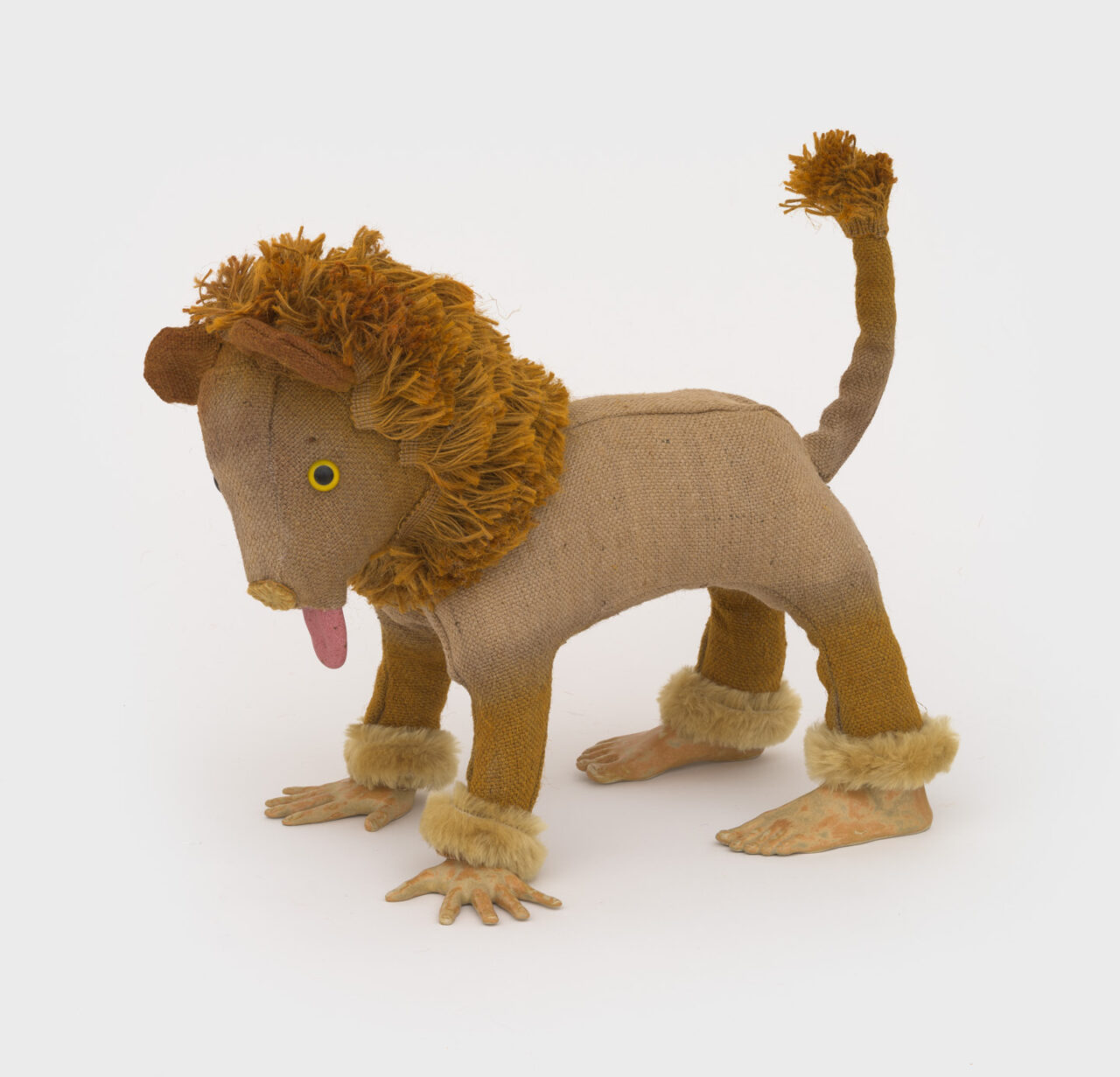
Jonathan Baldock
The Lion, 2025
Hessian, ceramic, aluminum (armature), toy stuffing, glass eyes, faux fur
12 ½ ×15 × 8 inches -
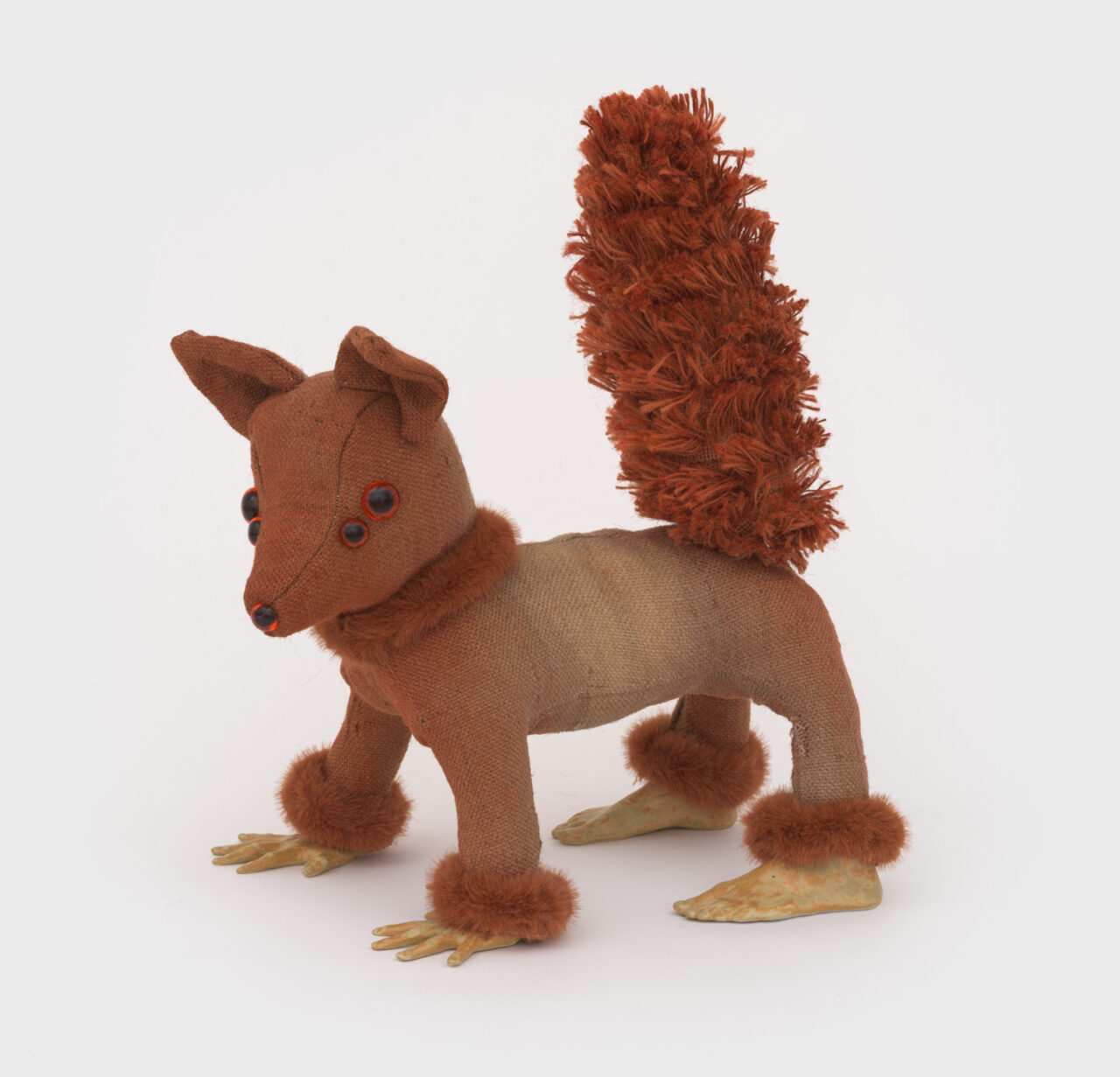
Jonathan Baldock
The Fox, 2025
Hessian, ceramic, aluminum (armature), toy stuffing, glass eyes, faux fur
15 ¾ × 9 ⅞ × 15 ¾ inches -
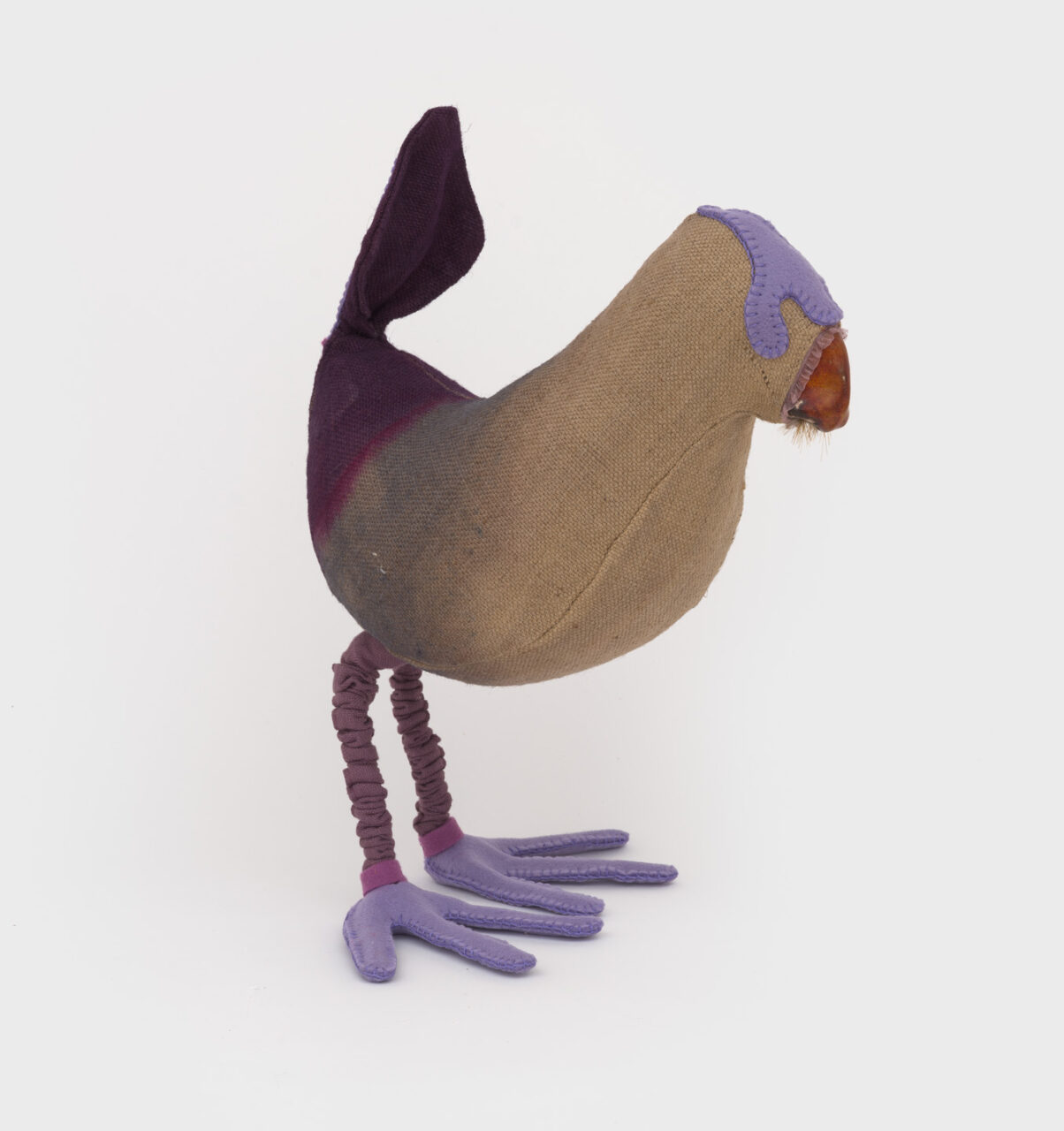
Jonathan Baldock
The Moorhen, 2025
Hessian, ceramic, aluminum (armature), toy stuffing, glass eyes, faux fur
17 × 14 × 13 inches -
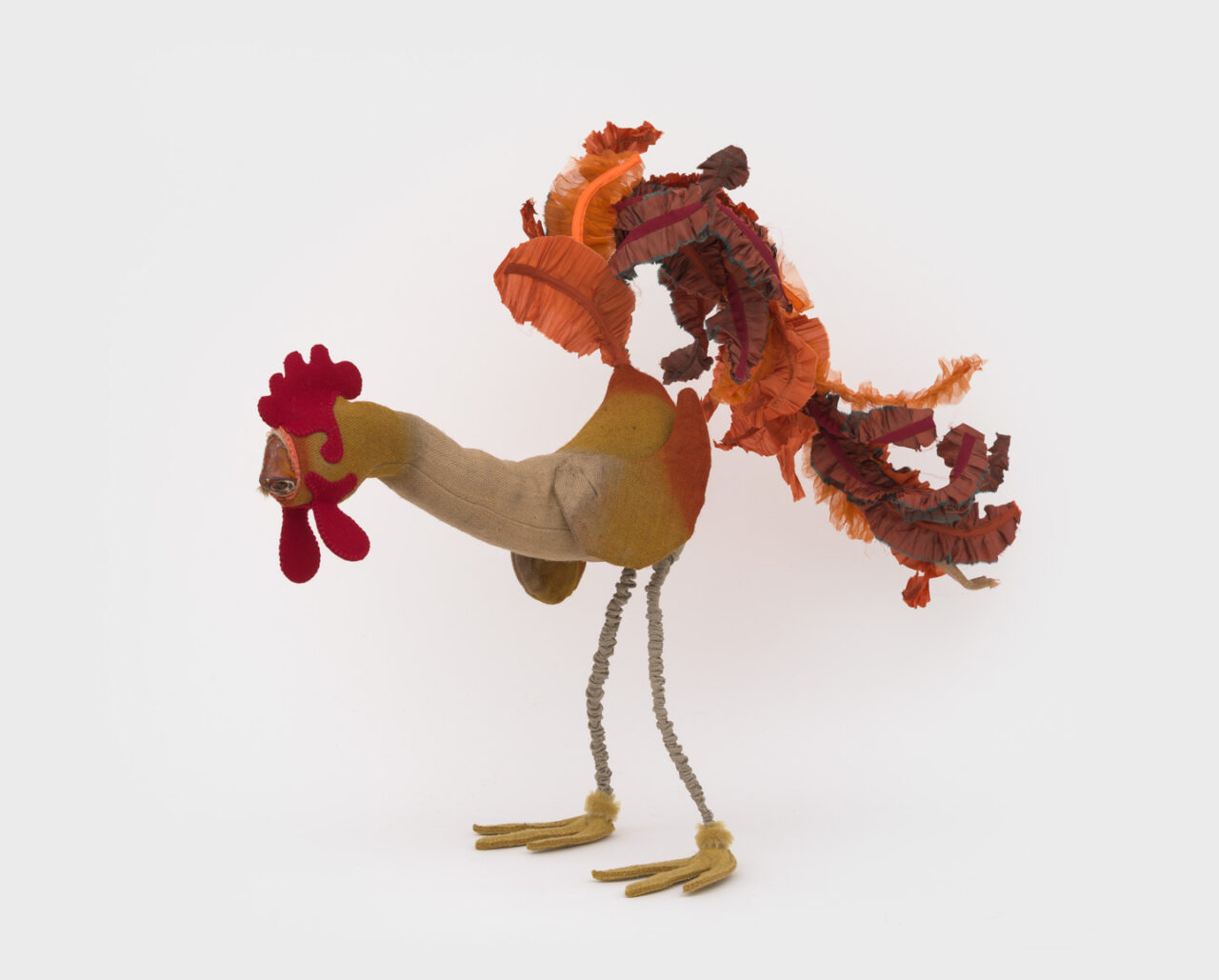
Jonathan Baldock
The Cockerel, 2025
Hessian, ceramic, aluminum (armature), toy stuffing, glass eyes, faux fur
34 × 33 ×14 inches -
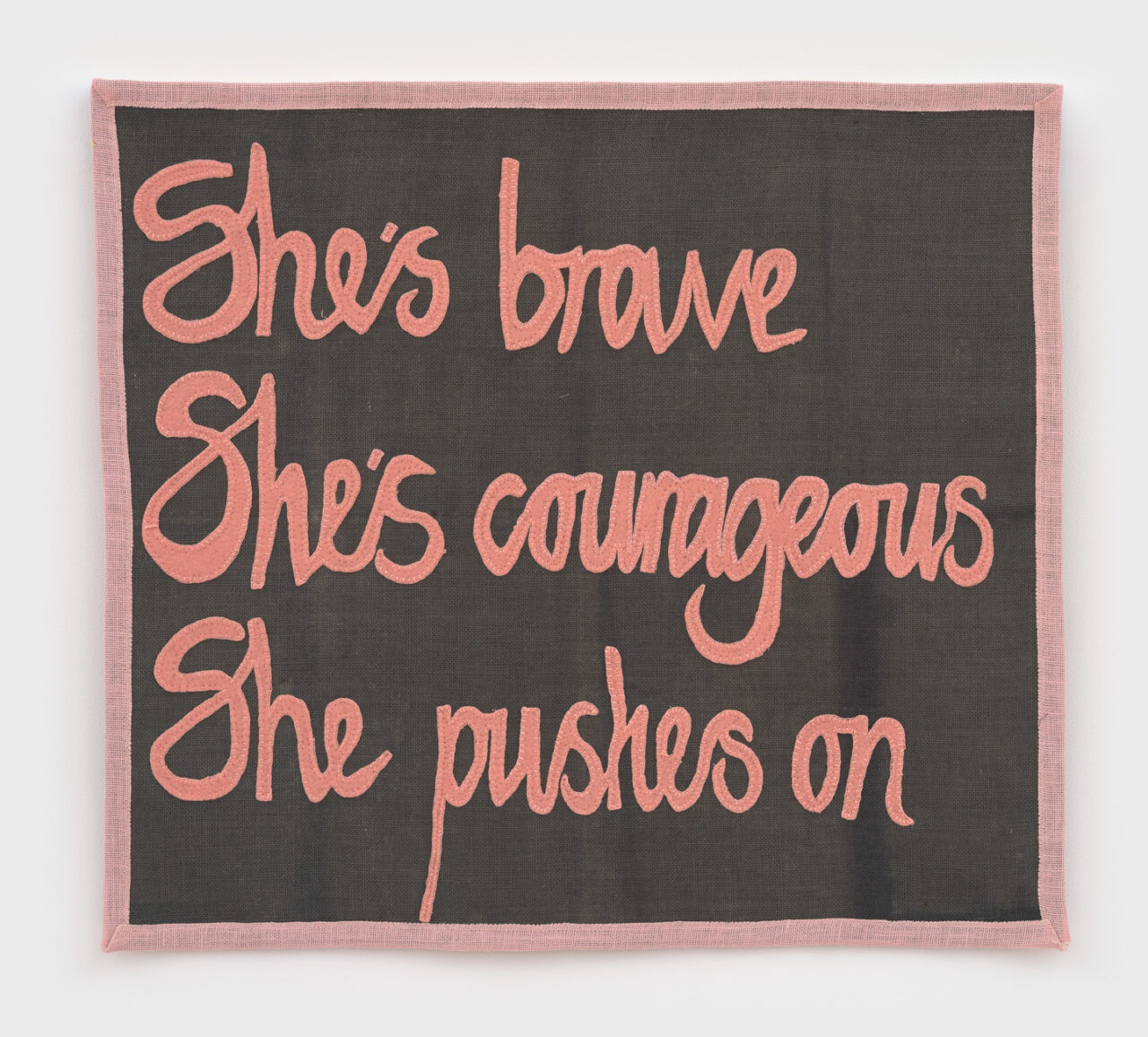
Jonathan Baldock
She's Brave, She's Courageous, She Pushes On, 2025
Dyed hessian, appliqué felt, cotton thread, webbing
35 ⁷⁄₁₆ × 39 ⅜ × ⅜ inches -
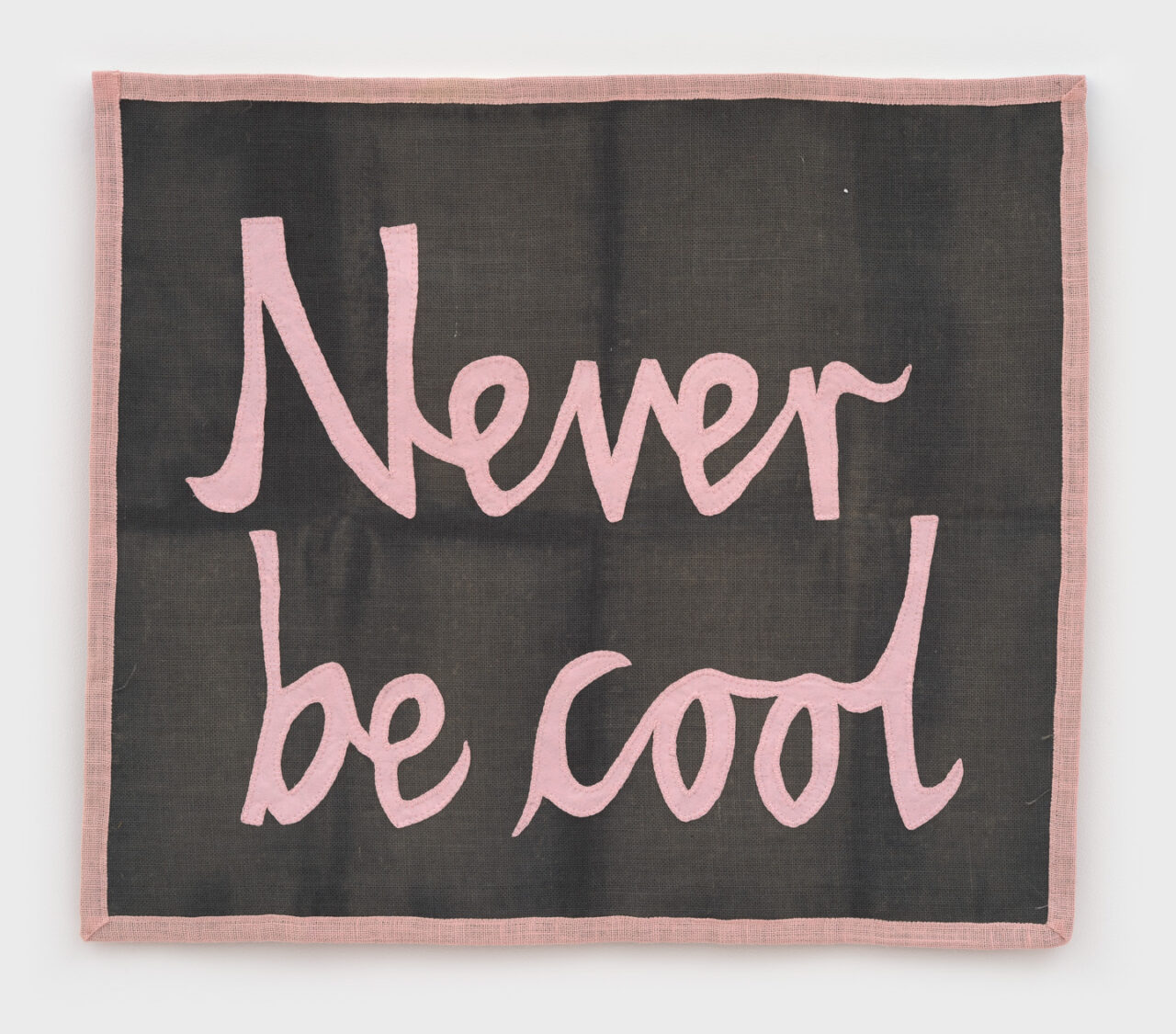
Jonathan Baldock
Never Be Cool, 2025
Dyed hessian, appliqué felt, cotton thread, webbing
35 ⁷⁄₁₆ × 39 ⅜ × ⅜inches -
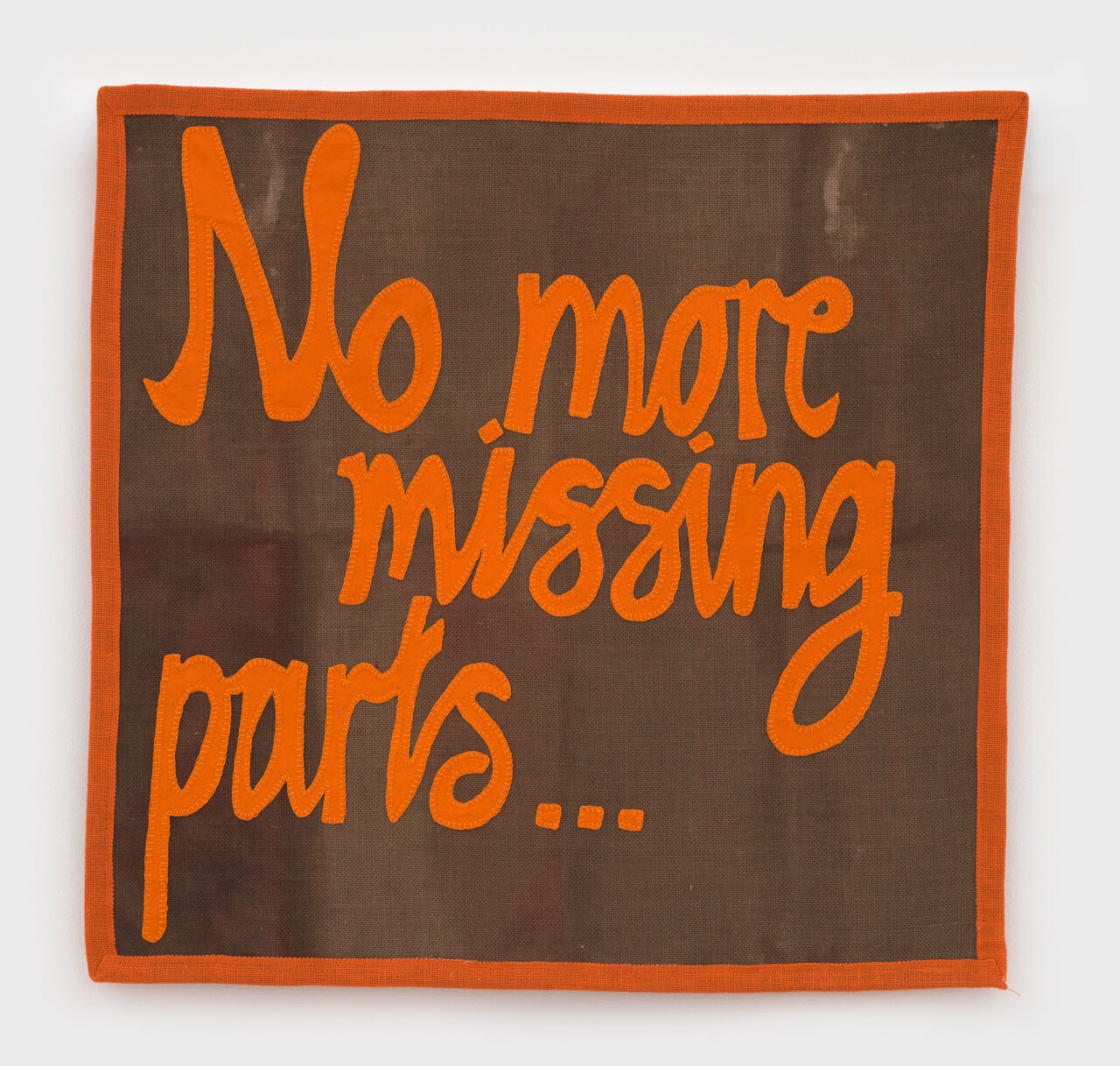
Jonathan Baldock
No More Missing Parts, 2025
Dyed hessian, appliqué felt, cotton thread, webbing
35 ⁷⁄₁₆ × 39 ⅜ × ⅜ inches -
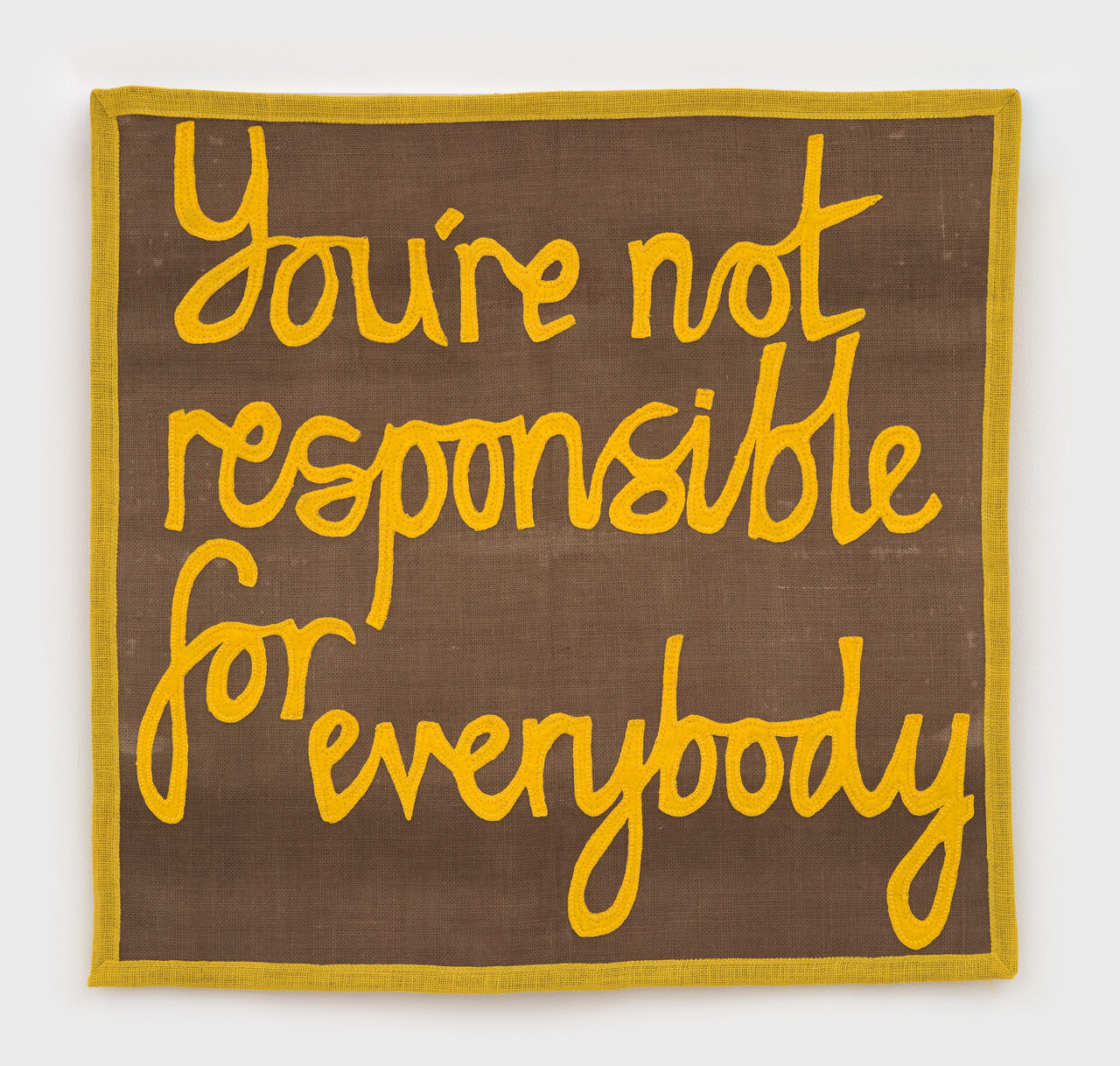
Jonathan Baldock
You Are Not Responsible for Everybody, 2025
Dyed hessian, appliqué felt, cotton thread, webbing
35 ⁷⁄₁₆ × 39 ⅜ × ⅜ inches -
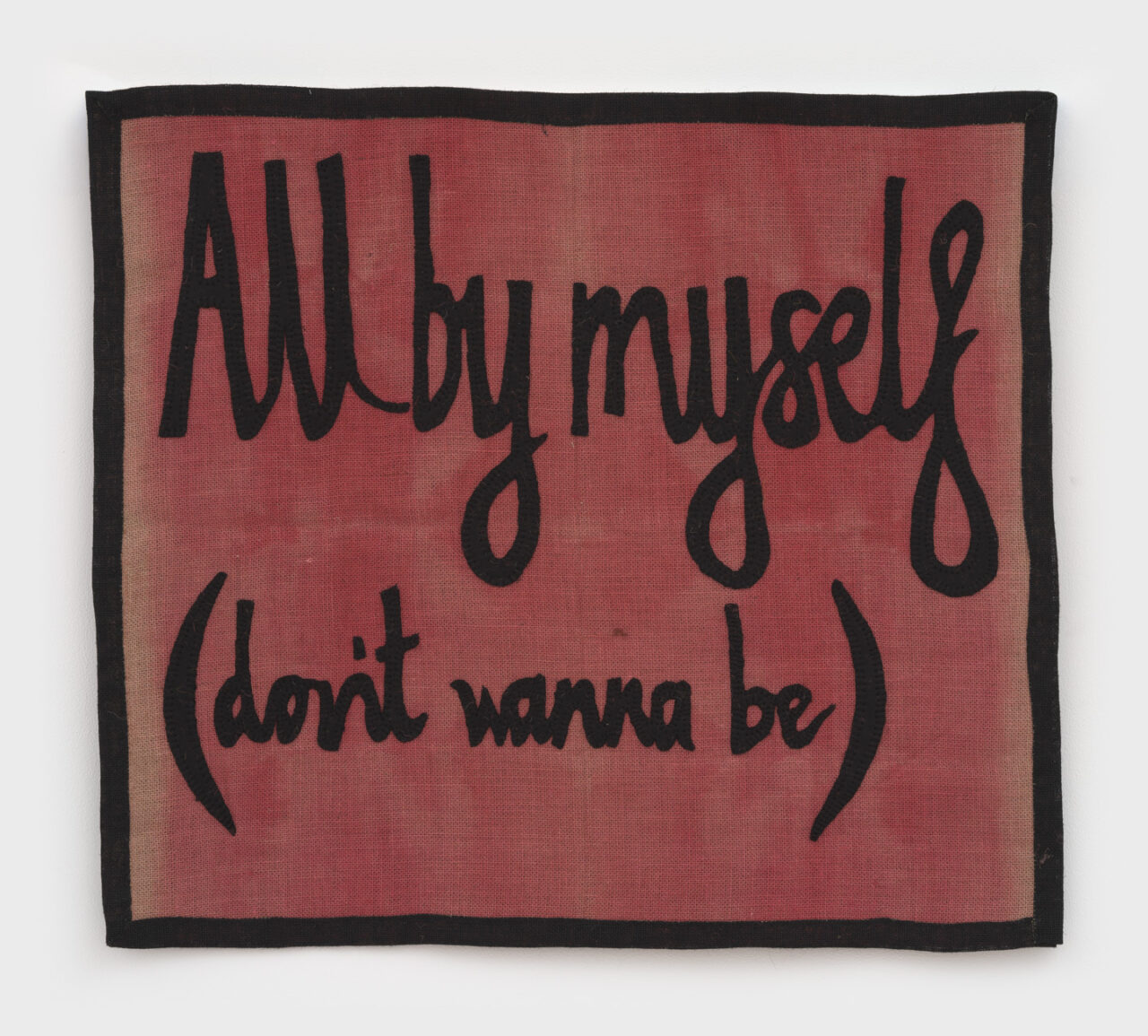
Jonathan Baldock
All by Myself (Don't Wanna Be), 2025
Dyed hessian, appliqué felt, cotton thread, webbing
35 ⁷⁄₁₆ × 39 ⅜ × ⅜ inches -
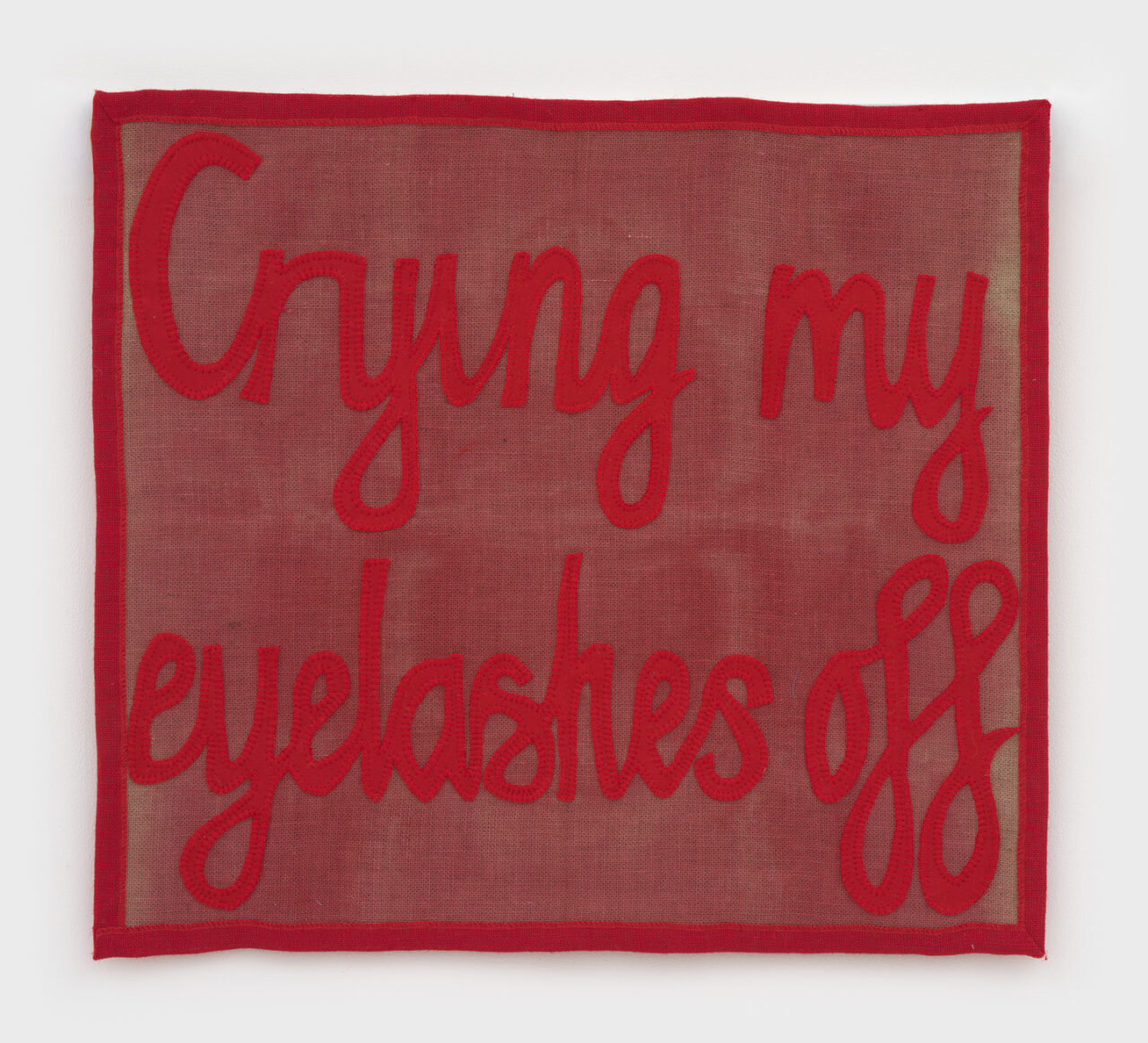
Jonathan Baldock
Crying My Eyelashes Off, 2025
Dyed hessian, appliqué felt, cotton thread, webbing
35 ⁷⁄₁₆ × 39 ⅜ × ⅜ inches
Press Release
Opening Reception Thursday, September 4, 6–8pm
Nicelle Beauchene Gallery is pleased to present Friends, the gallery's fourth solo exhibition by British artist Jonathan Baldock. A new essay titled “Out on a Limb” by Sean Burns accompanies the exhibition:
A cloth dog with a loose, baggy body rides atop a donkey with an enormous, turgid cock, moving away from a dusty sunset and surrounded by a ramshackle cast of animal pals – each a different species (The Bremen Town Musicians, 2025). They are distinct, yet together.
Elsewhere, a camp fox with an erect, pipe-cleaner-like tail and four deadpan, boggly eyes processes alongside two blind avian creatures – a cockerel and a hen, maybe – with bizarre, shiny noses peeking out beneath sack hoods (The Cockerel and The Moorhen, 2025).
Together, they congregate beside a rough approximation of a domestic wall – the corner of a house that contains oversized ceramics with human limbs and appendages squiggling out where handles would typically be (A Friend in Need is a Friend Indeed, 2025). One is a bulbous, closed vessel reminiscent of two pink spherical buttocks, with a coarse rope emerging from its asshole, tipped by a virile flower head (I Can Make the Flowers Grow, 2025).
Jonathan Baldock’s eclectic works take me back to adolescent memories of perching on the windowsill that jutted out from my childhood bedroom and peering down onto the street below, where occasionally, across the tarmac, a neighborhood lad would circle his driveway, topless, on the phone.
There was something oppressively dull about the nature of suburbia that felt at odds with my burgeoning desire – the house itself was a trap. All the surrounding homes were filled with families, each enacting their own attempts at normativity. Baldock’s towering ceramic house, (It’s My House and I Live Here, 2025), has no such aspirations, with its camp limbs and pronounced lips protruding from the masonry – it’s a major queen trying to fit in.
I get the sense that Baldock is also attempting to reconcile his own desires and behaviors with the rigidity of the conservative social and religious structures that surrounded him growing up – as though he needs edges, like hessian walls, yet simultaneously wants to transgress or disrupt their form without completely fucking them up.
This rebuttal underpins the fundamental tension in his practice. In his new show, Friends, he isn’t coy about it – gauche ceramic penises pop out from the plasterboard (Lucky Here and Talisman Blue, 2025). The phalluses reminded of Marino Marini’s The Angel of the City (1948), a bronze statue overlooking the Grand Canal in Venice outside the Peggy Guggenheim Collection – except this time it’s the rider, not the horse, sporting the hard-on. With Marini, the erection reads as an emblem of sexual autonomy; Baldock’s ceramic works convey a similar sense of eventual relief.
Comradeship is a central thread here, too. I see love and care in all these objects – in their materiality, labour, conception and production. Baldock’s long-term partner, Rafal Zajko, is everywhere (it’s his nose on one of the birds). Like Betty Woodman, Baldock is a master of his craft, which he adores; making isn’t only his catharsis but compulsion.
Some of the animals – like the miniature lion – possess human attributes, such as tiny, cast hands, suggesting an animalistic tendency in people and vice versa (The Lion, 2025). However, I don’t see them as sensual characters so much as beings driven by their core need for companionship. Furthermore, the integration of tall plants, positioned in the same register as the animals, suggests a breach in the hierarchy between humans, animals and flora.
Camp, in the estimation of Susan Sontag, is one such lens through which to view these sometimes-coquettish objects. Baldock mentions Bette Midler and Divine (for God’s sake) when discussing the exhibition. The title Friends derives from Midler’s performance of her eponymous 1973 hit at the New York City Gay Liberation Parade that same year. Queer people were beleaguered then, fighting for their existence and rights, just as they are now – especially those in the trans community.
There’s a balance here between the tenderness Baldock seeks to engender and convey among these characters – who support one another’s existence – and the thrusts of sexual desire. I find this tension between hard and soft, and to some degree between private and public (as demarcated by the walls of a house), to be central and generative to Baldock’s project. When he speaks of Friends, I sense a quiet hope in him – that we are all meant to wander toward the sun, surrounded by those who matter most.
Sean Burns is an artist, editor and writer. He is based in London, UK.
Jonathan Baldock (b. 1980, Pembury, UK) lives and works in London. Recent, selected solo exhibitions include Jupiter Artland, Edinburgh, UK (2025); London Mithraeum Bloomberg Space, London, UK (2025); Yorkshire Sculpture Park, Wakefield, UK (2023); Charleston, Lewes, UK (2023); Stephen Friedman Gallery, London, UK (2023); Kunstverein Göttingen, Germany (2023); Nicelle Beauchene Gallery, New York, NY (2022); Accelerator, Stockholm, Sweden (2021); and La Casa Encendida, Madrid, Spain (2021).
Recent, selected group exhibitions include The Design Museum, London (2025); Hayward Gallery Touring, Coventry, Nottingham, Cheltenham & Leicester (20024-26) MOCAK Museum of Contemporary Art in Krakow (2024-5); Whitaker Museum, Rossendale, UK (2023); The Fruitmarket, Edinburgh (2023); La Trobe Art Institute, Victoria, Australia (2023). Baldock’s work also featured in group exhibitions at the Aldrich Contemporary Art Museum, Ridgefield, CT (2018); Fondazione Memmo, Rome, Italy (2016); and Rockbund Art Museum, Shanghai, China (2013), among others.
His works are included in collections including Aïshti Foundation, Beirut; Arts Council Collection, London; The Grundy Art Gallery, Blackpool; The Roberts Institute of Art, London and Saatchi Gallery, London.